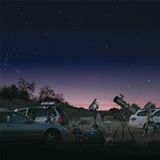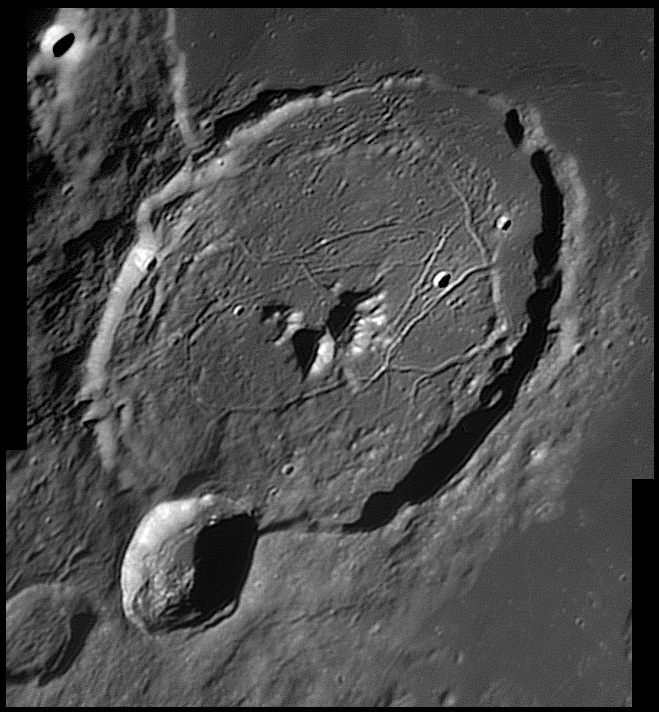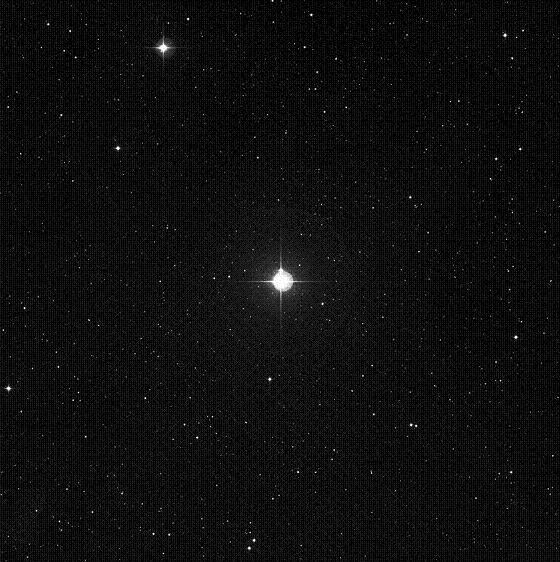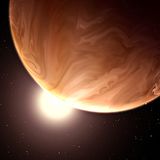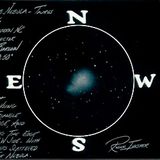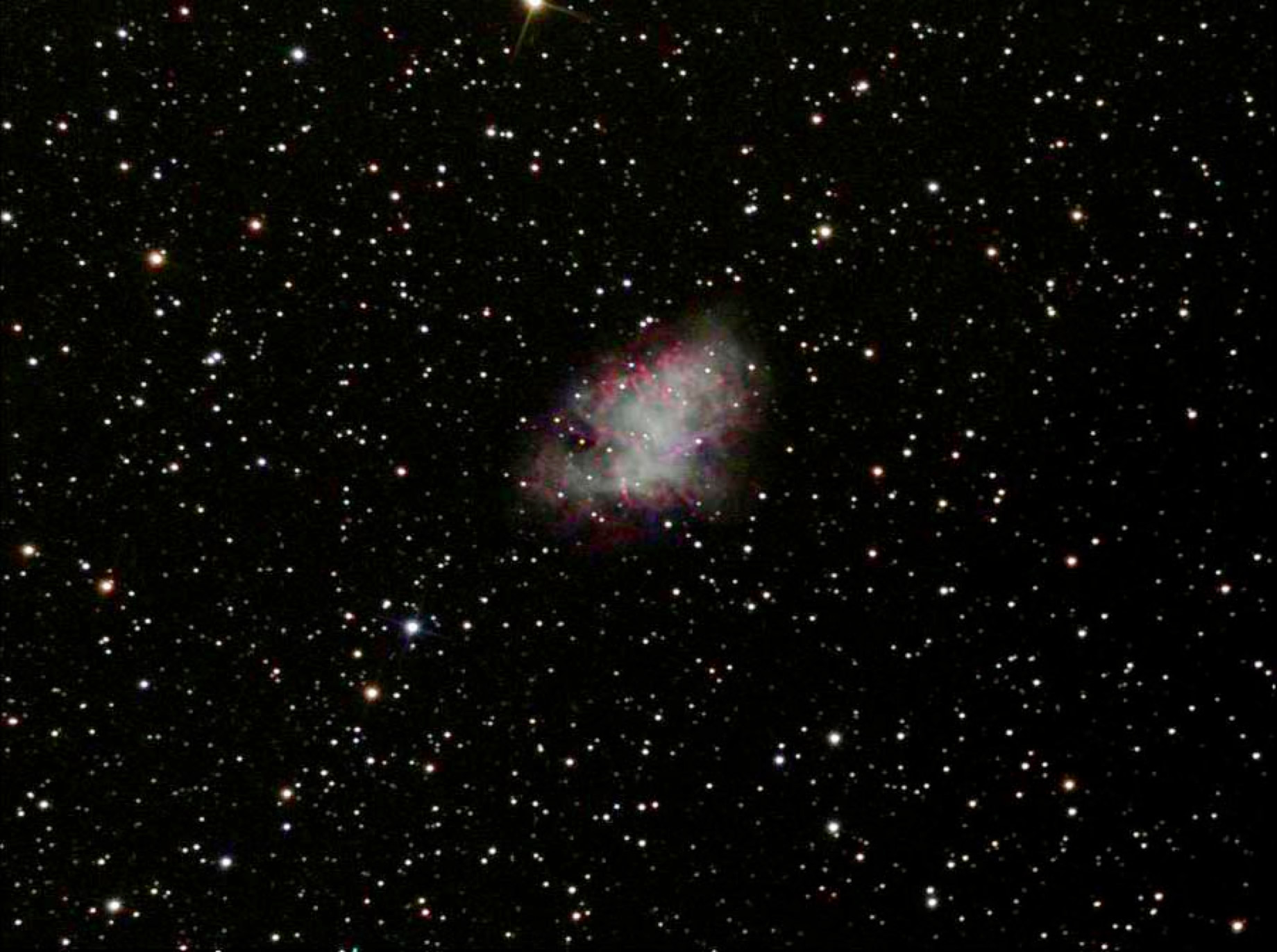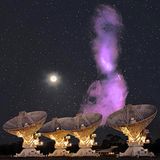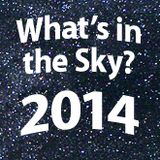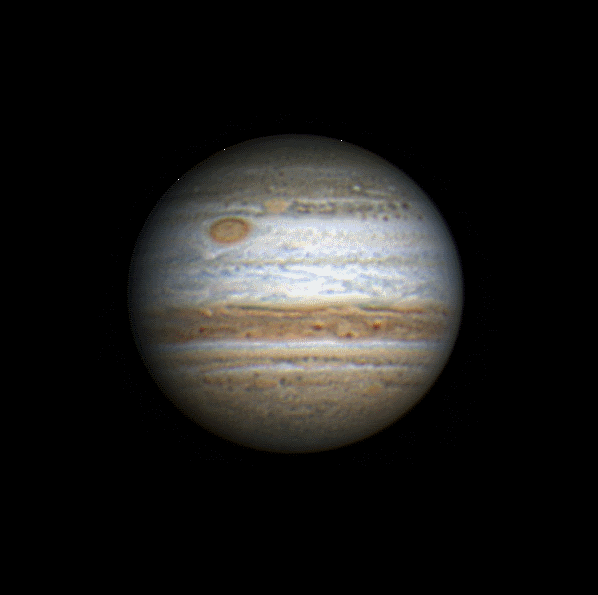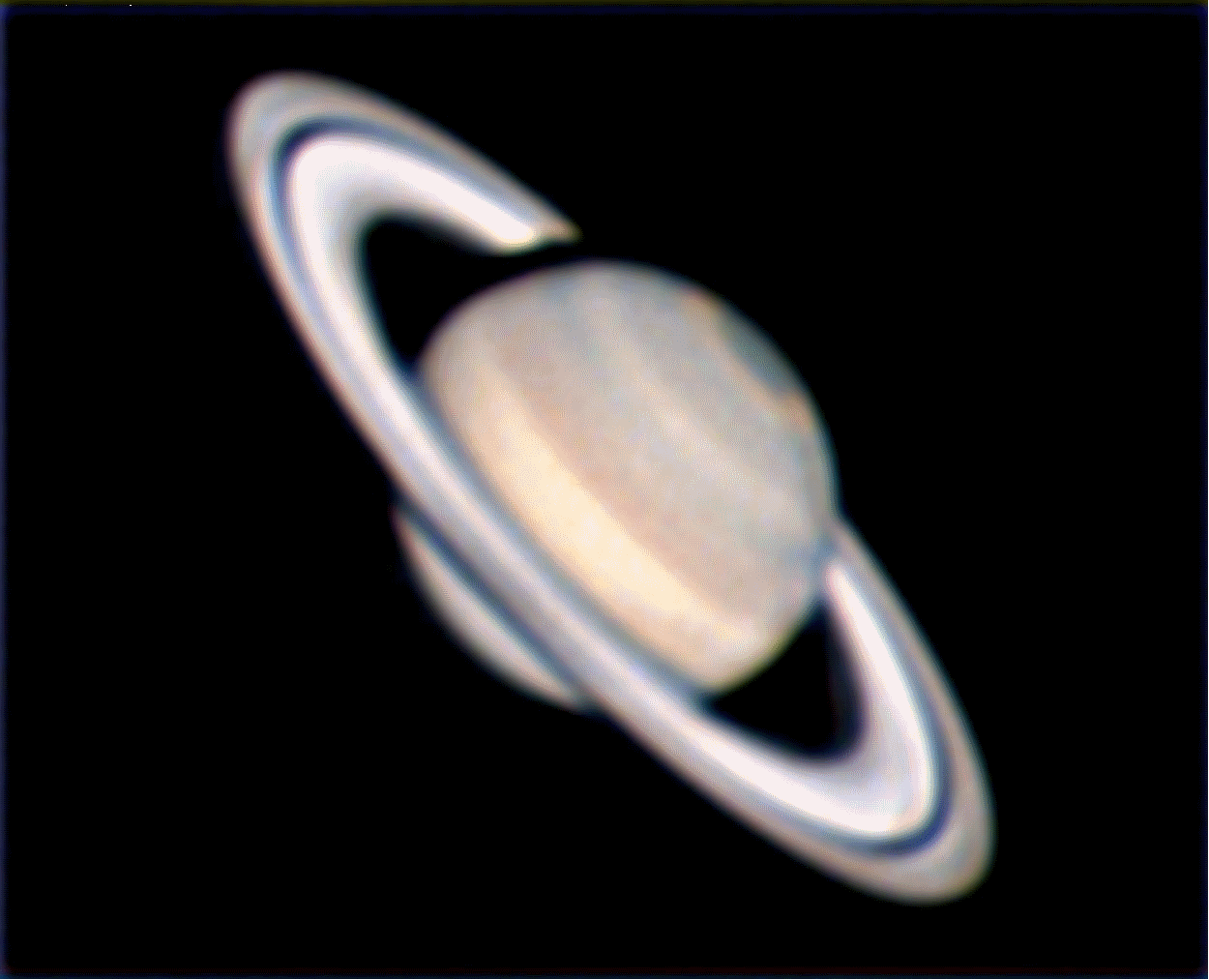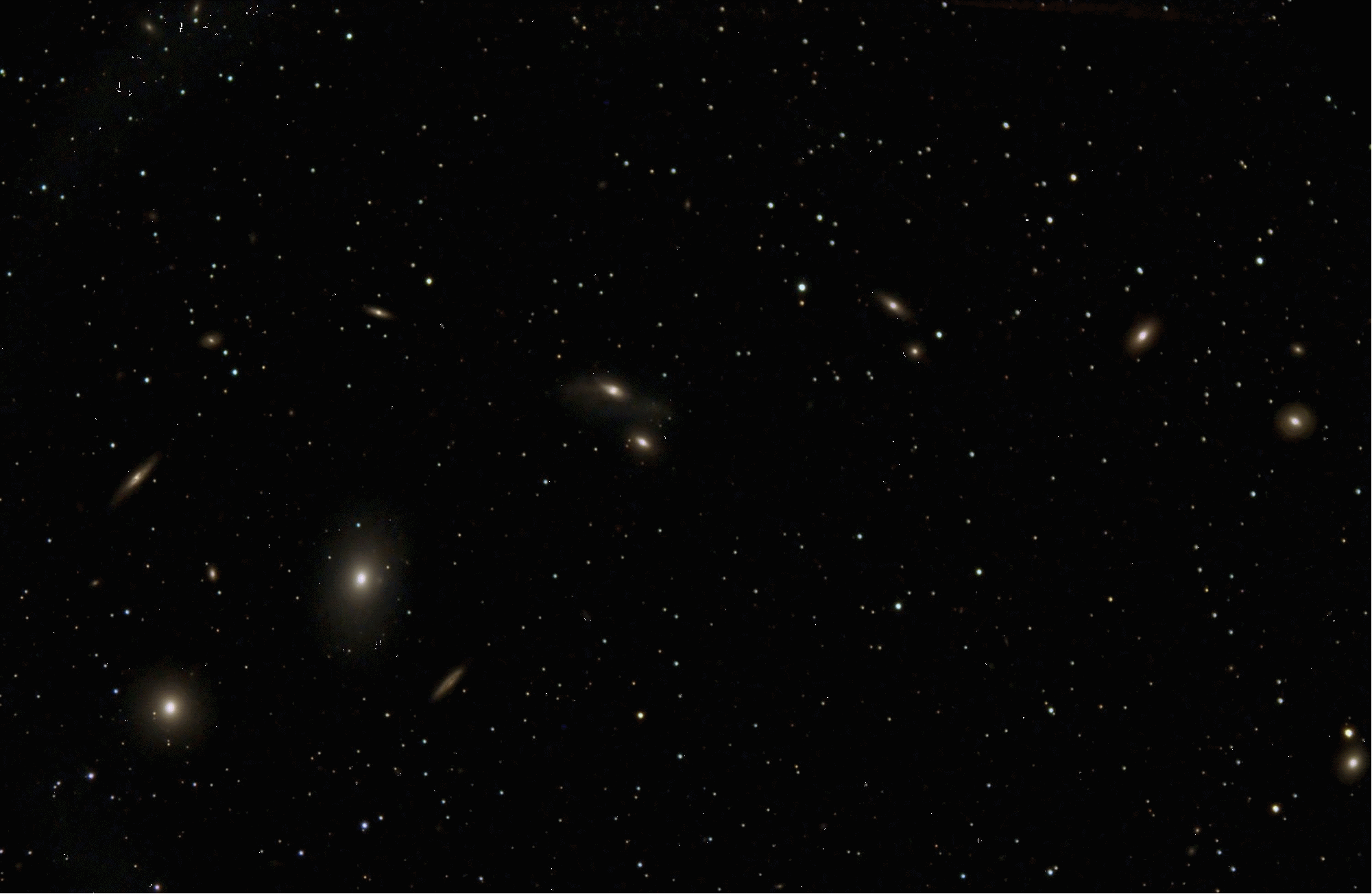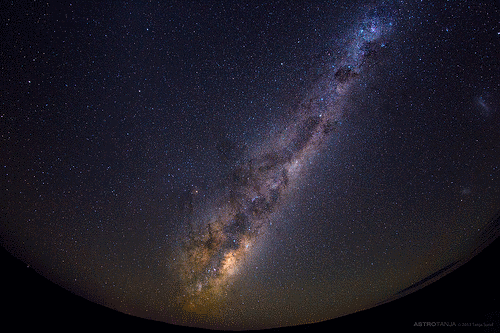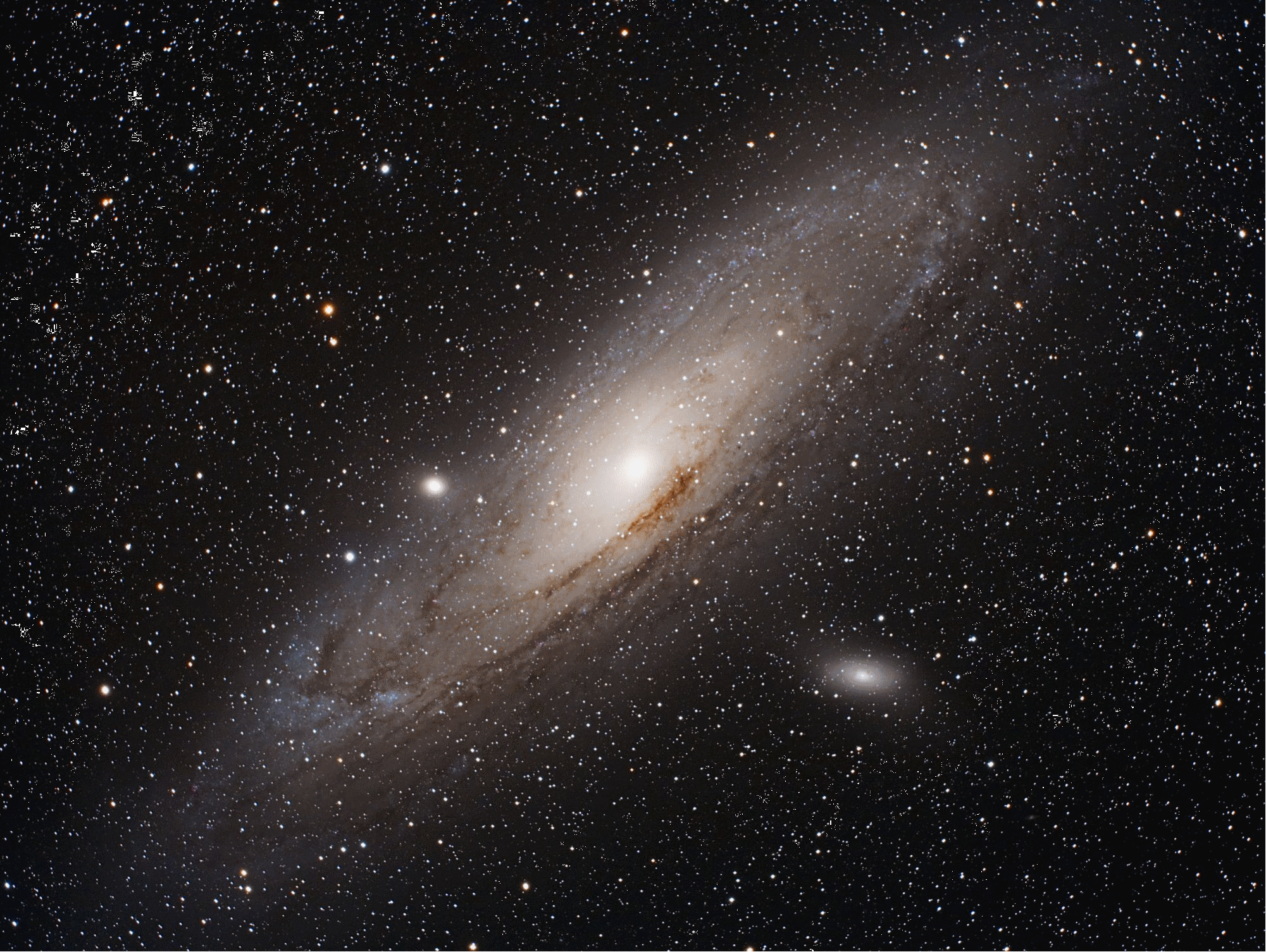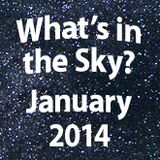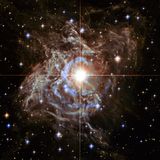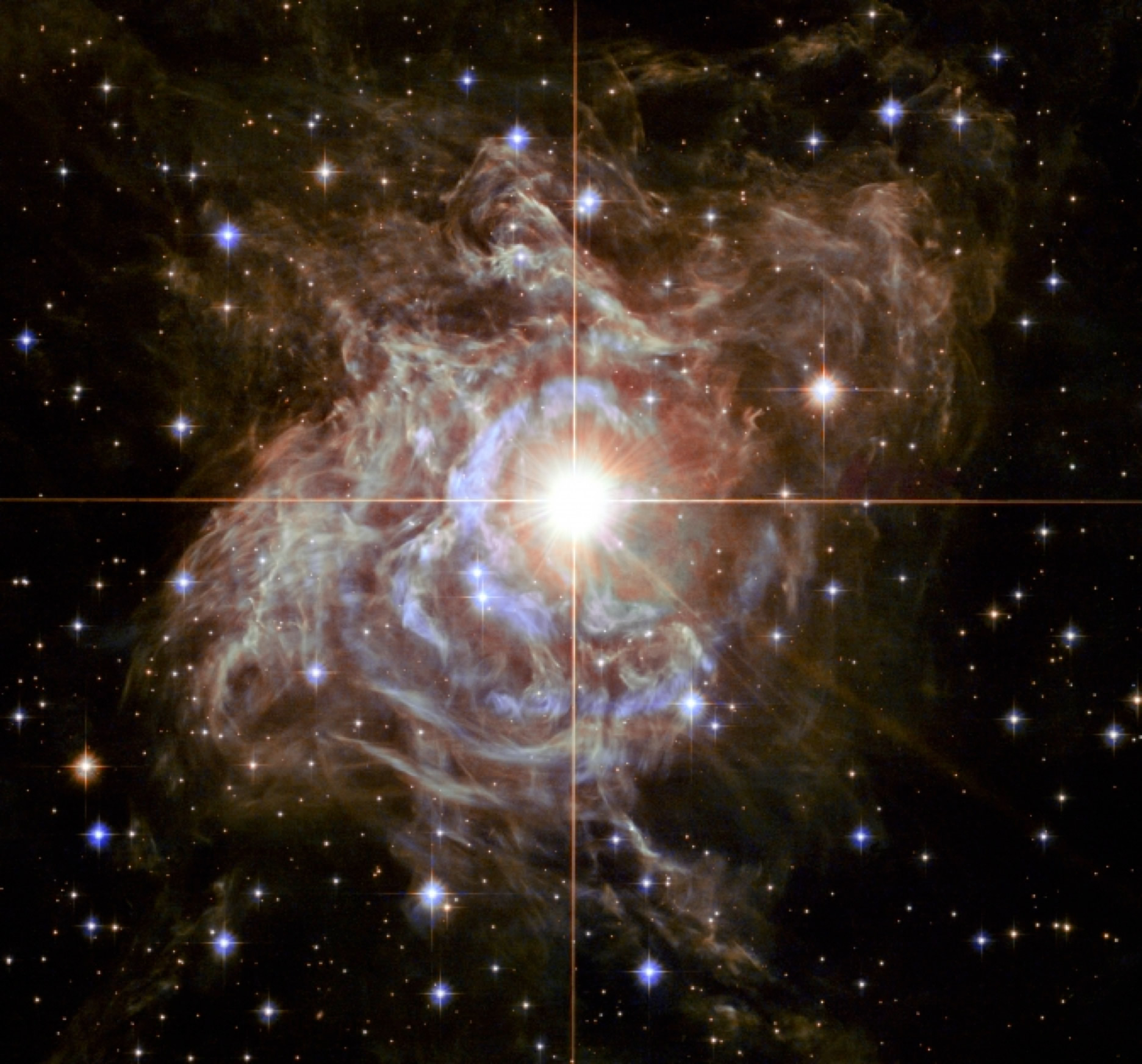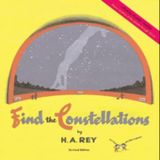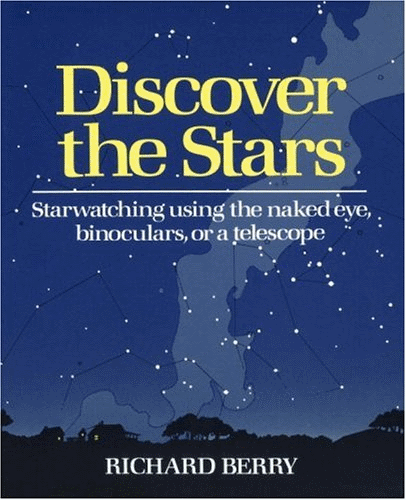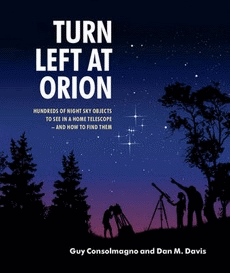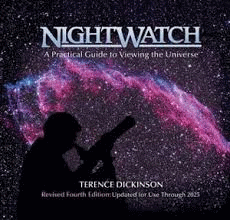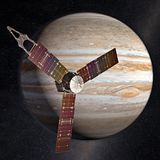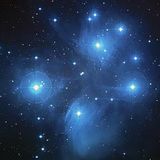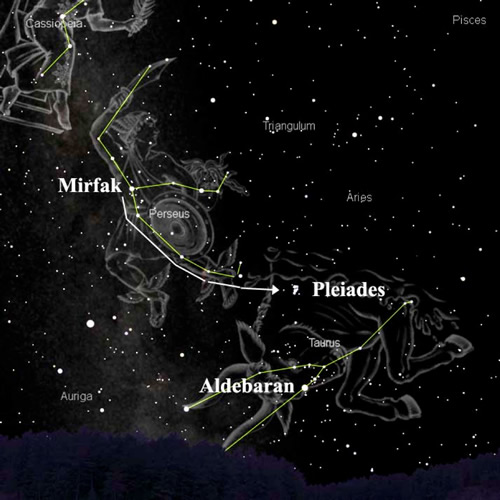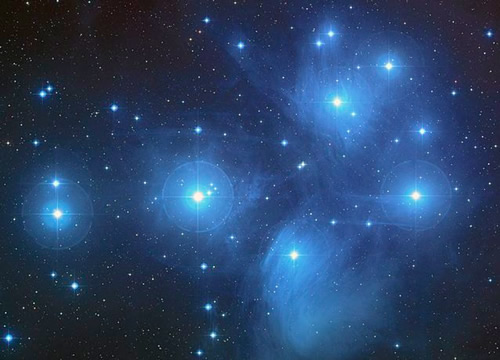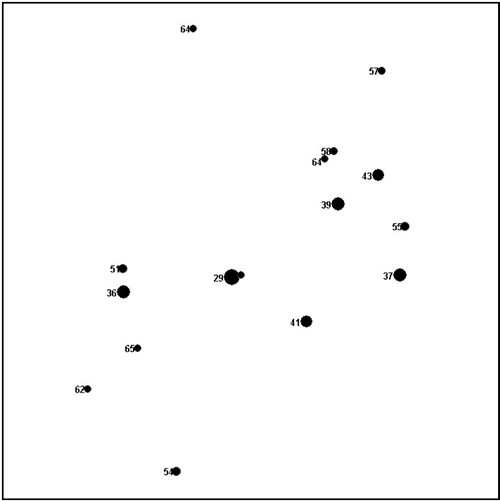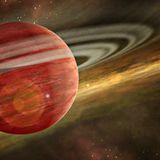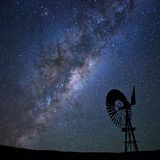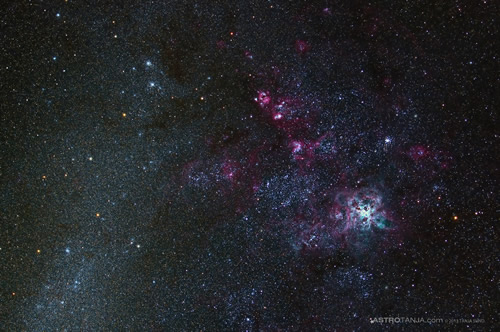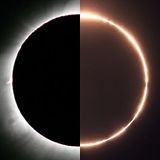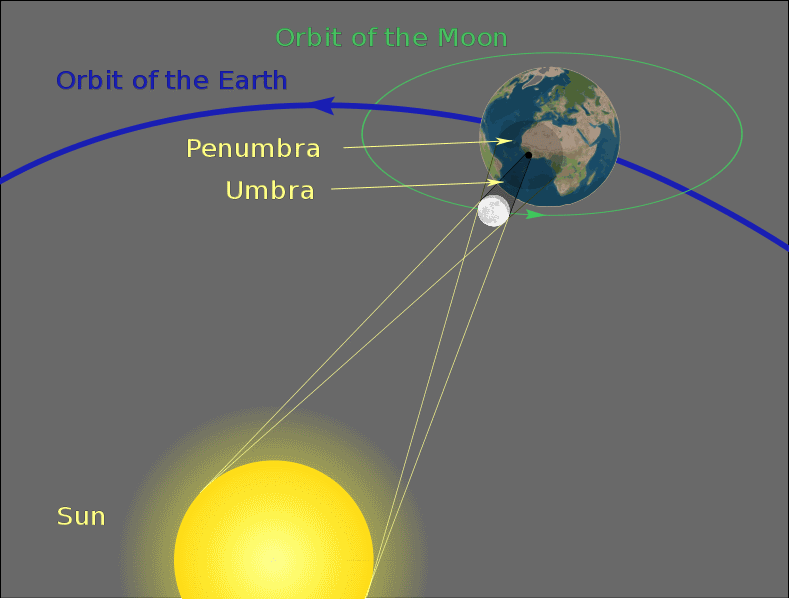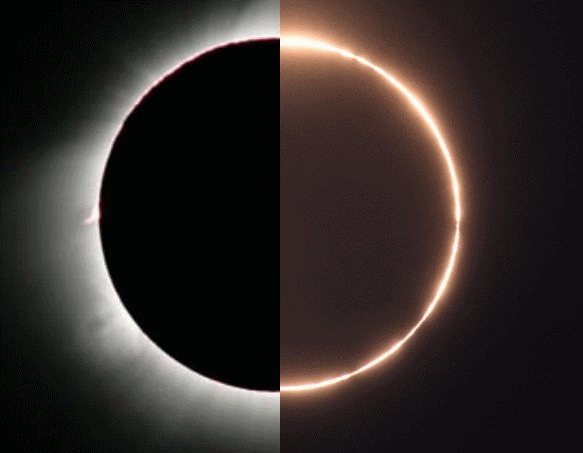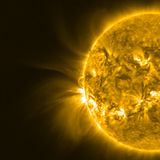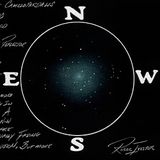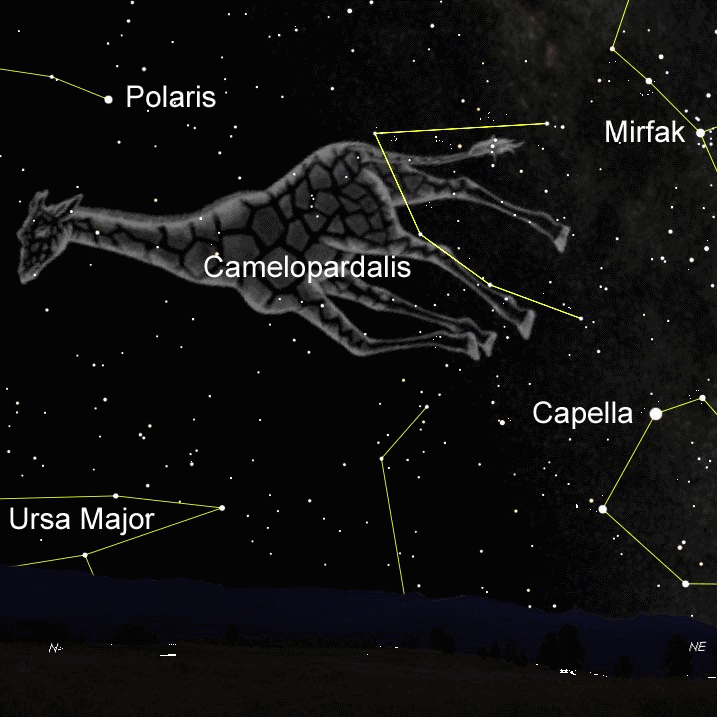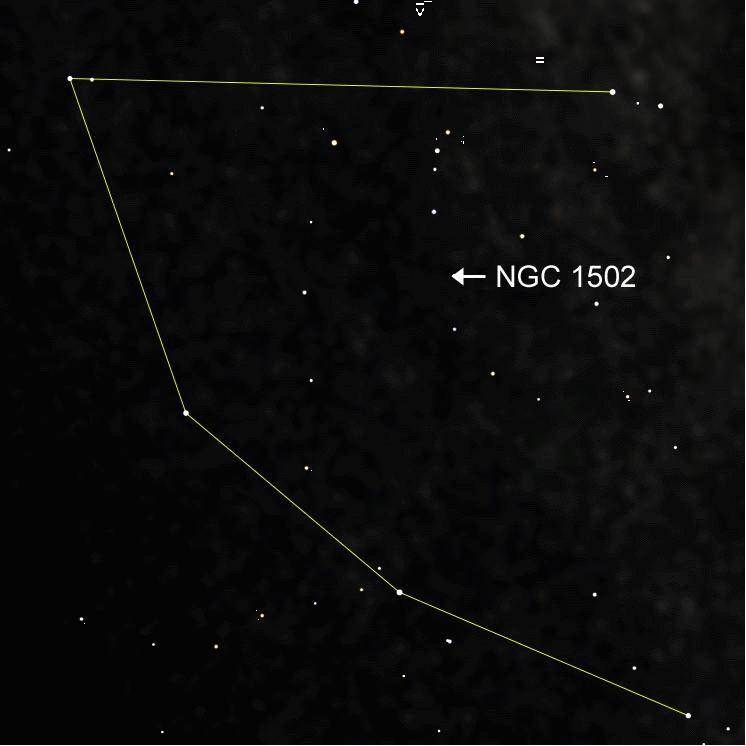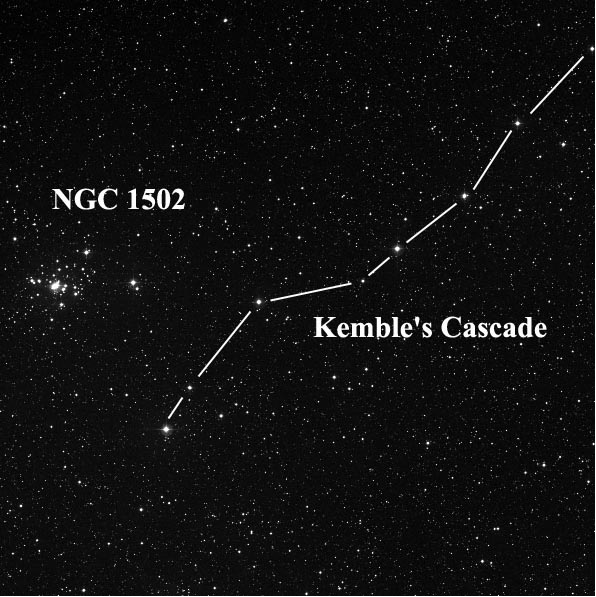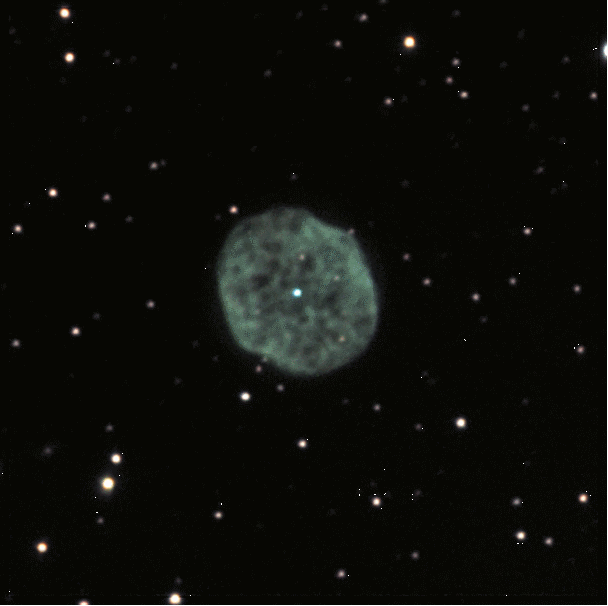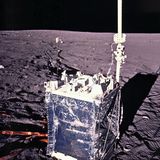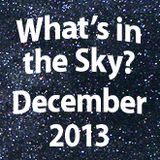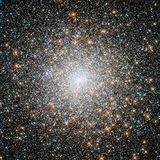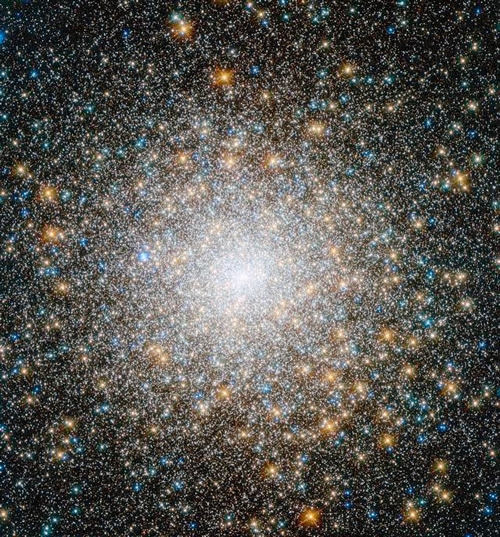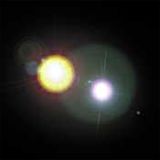- Telescopes
- Solar
- Mounts & Tripods
- Accessories
-
Astrophotography
- Sale Astrophotography
- New Astrophotography Products
- Astrophotography Kits
- Astrophotography Telescopes
- Astrophotography Cameras
- Astrophotography Solutions
- Autoguiding Solutions
- Astrophotography Accessories
- Camera Adapters & T-Rings
- Astrophotography Filters
- Focal Reducers and Field Flatteners
- Video Astrophotography
- Binoculars
- Sale
- Gift Center
- Shop by Brand
{"closeOnBackgroundClick":true,"bindings":{"bind0":{"fn":"function(){$.fnProxy(arguments,\'#headerOverlay\',OverlayWidget.show,\'OverlayWidget.show\');}","type":"quicklookselected","element":".ql-thumbnail .Quicklook .trigger"}},"effectOnShowSpeed":"1200","dragByBody":false,"dragByHandle":true,"effectOnHide":"fade","effectOnShow":"fade","cssSelector":"ql-thumbnail","effectOnHideSpeed":"1200","allowOffScreenOverlay":false,"effectOnShowOptions":"{}","effectOnHideOptions":"{}","widgetClass":"OverlayWidget","captureClicks":true,"onScreenPadding":10}
{"clickFunction":"function() {$(\'#_widget1169155255003\').widgetClass().scrollPrevious(\'#_widget1169155255003\');}","widgetClass":"ButtonWidget"}
{"clickFunction":"function() {$(\'#_widget1169155255003\').widgetClass().scrollNext(\'#_widget1169155255003\');}","widgetClass":"ButtonWidget"}
{"snapClosest":true,"bindings":{"bind0":{"fn":"function(event, pageNum) { PagedDataSetFilmstripLoaderWidget.loadPage(\'#recentlyViewed\', Math.floor(pageNum)); }","type":"scrollend","element":"#_widget1169155255003_trigger"}},"unitSize":220,"widgetClass":"SnapToScrollerWidget","scrollSpeed":500,"scrollAmount":660,"afterScroll":"","animateScroll":"true","beforeScroll":"","direction":"vertical"}
{entityCount: 0}
{"emptyItemViewer":"<div class=\"image\"><!-- --></div>\n <div class=\"info\">\n <div class=\"name\"><!-- --></div>\n <div class=\"orionPrice\"><!-- --></div>\n </div>\n ","imageThreshold":3,"pages":2,"dataModel":{"imageWidth":90,"cacheEntitiesInRequest":false,"dataProviderWidget":"com.fry.ocpsdk.widget.catalog.dataproviders.RecentlyViewedDataProviderWidget","imageHeight":90,"itemViewerWidget":"com.fry.starter.widget.viewers.ItemViewerWidget","direction":"vertical"},"pageSize":3,"widgetClass":"PagedDataSetFilmstripLoaderWidget","loadThreshold":1,"direction":"vertical"}
{"showSinglePage":false,"totalItems":263,"defaultPageSize":20,"paging_next":"Next","paging_view_all":"View All 263 Items","paging_view_by_page":"View By Page","pageSize":20,"paging_previous":"Prev","currentIndex":100,"inactiveBuffer":2,"viewModeBeforePages":true,"persistentStorage":"true","showXofYLabel":false,"widgetClass":"CollapsingPagingWidget","activeBuffer":2,"triggerPageChanged":false,"defaultTotalItems":263}
Look for Gassendi, the Moon's "Sea of Moisture," the westernmost star in Orion's belt, Mintaka, and the Orion Nebula on the weekend of January 10-12, 2014.
Friday, January 10 - Robert W. Wilson was born this day in 1936. Wilson is the co-discoverer, along with Arno Penzias, of the cosmic microwave background, and in 1978 he won the Physics Nobel Prize. While we're "listening in," on this day in 1946, the US Army's Signal Corps became the first to successfully bounce radar waves off the Moon. Although this might sound like a minor achievement, let's look just a bit further into what it really meant!
Known as "Project Diana," scientists were hard at work to find a way to pierce the Earth's ionosphere with radio waves - a feat believed at that time to be impossible. Headed by Lt. Col. John DeWitt, and working with only a handful of full-time researchers, a modified SCR-271 bedspring radar antenna was set up in the northeast corner of Camp Evans. The power was cranked up and it was aimed at the rising Moon. A series of radar signals were broadcast, and in each case, the echo was picked up in exactly 2.5 seconds - the time it takes light to travel to the Moon and back. The significance of Project Diana cannot be overestimated. The discovery that the ionosphere could be pierced, and that communication was possible opened the way to space exploration. Although it would be another decade before the first satellites were launched into space, they were later followed by manned rockets. Project Diana paved the way for all those achievements.
Tonight let's spend some of our observing evening with the beautiful Moon as we begin with the ancient and graceful landmark crater Gassendi standing at the north edge of Mare Humorum.
The mare itself is around the size of the state of Arkansas and is one of the oldest of the circular maria on the visible surface. As you view the bright ring of Gassendi, look for evidence of the massive impact which may have formed Humorum. It is believed the original crater may have been in excess of 462 kilometers in diameter, indenting the lunar surface almost twice over. Over time, similar smaller strikes formed the many craters around its edges and lava flow gradually gave the area the ridge and rille-overed floor we see tonight. Its name is the "Sea of Moisture," but look for its frozen waves in the long dry landscape.
Saturday, January 11 - Tonight in 1787, Sir William Herschel discovered two of Uranus' multiple moons - Oberon and Titania. If you'd like to see Uranus for yourself, it can be found just east of the circlet of Pisces (RA 0h 32m 52s - Dec 2░47'57") not long after skydark. It can be captured with mid-sized binoculars, but even a small telescope will reveal its slightly greenish orb!
As the Moon nears Full, it becomes more and more difficult to study, but there are still some features that we can take a look at. Before we go to our binoculars or telescopes, just stop and take a look. Do you see the "Cow Jumping over the Moon"? It is strictly a visual phenomenon-a combination of dark maria which looks like the back, forelegs and hind legs of the shadow of that mythical animal.
Tonight return again to Orion's belt as we have a closer look at its westernmost star - Mintaka. Located around 1500 light-years away, Delta Orionis usually holds a magnitude of 2.20, but orbiting it in a clockwise orbit of 5.7325 days is a nearly equal star around 8 million kilometers away. Mintaka is a prime example of an eclipsing binary star, and although visually you won't really notice a .2 magnitude drop in light, let's take a closer look with binoculars. As one of the few easy binocular double challenges, Mintaka will easily reveal its 6.7 magnitude companion star to its north. For over 100 years, the eclipsing physical AB pair has been closely watched and no movement between the half light-year apart physical pair has been detected. For those with larger telescopes - power up - and see if you can discover the 13th magnitude C star southwest of the primary.
No matter how you look at Mintaka, this fascinating star has been a part of history. It was the very first to display stationary spectral lines which proved the existence of interstellar matter!
Sunday, January 12 - Today in 1830 celebrates the founding of what, in 1831, would become the Royal Astronomical Society. The RAS was conceived by John Herschel, Charles Babbage, James South, and several others. The RAS has published its Monthly Notices continuously since 1831. Believed to have been born today in 1907 was Sergei Pavlovich Korolev. While few people recognize Korolev's name, he was a Soviet rocket engineer whose contributions to the science made him as important to the Russian space program as Robert Goddard was to that of the United States. His developments led to Sputnik, Vostok, Voskhod, and eventually the Soyuz programs.
Tonight the Moon will look nearly full and it is a good time to spot yet another lunar asterism, "The Rabbit in the Moon." Since the dawn of mankind, we have been gazing at the Moon and seeing fanciful shapes in large lunar features. The "Rabbit" is a compilation of all the dark maria. The Oceanus Procellarum forms the "ear" while Mare Humorum makes the "nose." The "body" is Mare Imbrium and the "front legs" appear to be Mare Nubium. Mare Serenitatis is the "backside" and the picture is complete where Mare Tranquillitatis and Mare Fecunditatis shape the "hind legs" with Crisium as the "tail." See the Moon with an imaginative mind and new eyes -- and find the "Rabbit." It's already out of the hat and in the heavens!

Orion - Credit: John Chumack
Despite bright skies, let's take a brief look towards the three stars that form Orion's belt. Starting with just our eyes, look around a thumb's length south to discover an asterism of stars referred to as the "sword." On a clear, dark night away from city lights you can spot a glowing cloud of dust and gas surrounding Theta that has long held a place in astronomy history. It was first noted only one year after Galileo first used his telescope, and the discovery is credited to Nicholas Peiresc in 1611. It wasn't until Christian Huygens sketched it in 1656 that it became well known for containing a "heart of stars."
Now, take out your binoculars and have a look. Stars are still being born in a dense cloud behind the nebula, and hundreds of them are less than a million years old. Compared to our own Sun's age of over four billion years, these would seem almost new! But think again at what you are looking at: the light you see tonight left this area around 1900 years ago.
So magnificent are the many details that can be seen in the Orion Nebula, that chapter upon chapter could be devoted to its riches. For now, feast your eyes upon this 30 light-year expanse of dust, neutral and ionized hydrogen, and doubly-ionized oxygen illuminated by the ultraviolet starlight of this stellar nursery. It is more than 20,000 times larger than our own solar system and its mass could form 10,000 stars like our own Sun!
Until next week. Wishing you clear skies!
{ sourceURL:'/catalog/includes/quicklook_miniproduct.jsp?entityId=106419&entityTypeId=4', sourceSelector:'' }
It's official. Someone on an exoplanet has obviously bought a new telescope because it's cloudy there... with a chance of more clouds. Thanks to the powerful range of the Hubble Space Telescope, astronomers have been able to study two of the most common types of planets in the Milky Way and discovered that both are probably swaddled in clouds.

Image: This is an illustration of the hypothetical appearance of the exoplanet GJ 1214b, which is known as a "super-Earth" type planet because it is slightly more than six Earth masses. Spectroscopic observations with NASA's Hubble Space Telescope provide evidence of high clouds blanketing the planet. These clouds hide any information about the composition and behavior of the world's lower atmosphere and surface. The composition of the clouds is unknown. Credit: NASA, ESA, and G. Bacon (STScI)
As far as distances go, the two planets aren't very far away. The first, GJ 436b, is located approximately 36 light-years away in the constellation of Leo and the second, GJ 1214b, makes its home in the constellation of Ophiuchus and is about 40 light-years distant. Try as they might, the researchers had been unable to pinpoint the makeup of the planet's atmospheres--until now. The latest findings are an incredible advancement to understanding the potentially habitable planets similar to Earth which reside beyond our solar system.
Just what are these planets like? According to the researchers, "the two planets fall in the middle range in mass, between smaller, rockier planets such as Earth and larger gas giants such as Jupiter. GJ 436b is categorized as a "warm Neptune" because it is much closer to its star than frigid Neptune is to the Sun. GJ 1214b is known as a "super-Earth" because of its size. Both GJ 436b and GJ 1214b can be observed transiting, or passing in front of, their parent stars. This provides an opportunity to study these planets in more detail as starlight filters through their atmospheres."
This new research includes an atmospheric study of GJ 436b founded on such transit observations with Hubble, led by Heather Knutson of the California Institute of Technology in Pasadena, California. The Hubble spectra were featureless and revealed no chemical fingerprints whatsoever in GJ 436b's atmosphere.
"Either this planet has a high cloud layer obscuring the view, or it has a cloud-free atmosphere that is deficient in hydrogen, which would make it very unlike Neptune," said Knutson. "Instead of hydrogen, it could have relatively large amounts of heavier molecules such as water vapor, carbon monoxide, and carbon dioxide, which would compress the atmosphere and make it hard for us to detect any chemical signatures."
If at first you don't succeed, try again. Observations much like those obtained for GJ 436b had also been documented beforehand for GJ 1214b. The initial spectra of this planet also showed no features, but indicated GJ 1214b's atmosphere was dominated by water vapor or hydrogen, with high-altitude clouds. Using Hubble, astronomers led by Laura Kreidberg and Jacob Bean of the University of Chicago took a closer look at GJ 1214b. A eureka moment? Quite possibly. They discovered what might be evidence of high clouds shrouding the planet and hiding information about the composition and behavior of the lower atmosphere and surface. The new Hubble spectra also revealed no chemical fingerprints in GJ 1214b's atmosphere, but the data sets were so precise they could rule out cloud-free compositions of water vapor, methane, nitrogen, carbon monoxide, or carbon dioxide for the first time.
"Both planets are telling us something about the diversity of planet types that occur outside of our own solar system; in this case we are discovering we may not know them as well as we thought," said Knutson. "We'd really like to determine the size at which these planets transition from looking like mini-gas giants to something more like a water world or a rocky, scaled-up version of the Earth. Both of these observations are fundamentally trying to answer that question."
Original Story Source: Hubblesite News Release
{ sourceURL:'/catalog/includes/quicklook_miniproduct.jsp?entityId=106413&entityTypeId=4', sourceSelector:'' }
It was in the early morning of September 12th, 1758, when French astronomer and comet hunter Charles Messier, by accident, located a very faint nebula in the constellation of Taurus. This object would later come to be known as the the "Crab Nebula," or Messier 1, the first of over 100 galaxies, nebulae, and star clusters recorded in a catalog to prevent other comet seekers from confusing them as comets.
We kick off 2014's monthly challenge with none other but Messier 1: the Crab Nebula, a supernova remnant from a star that exploded in A.D 1054. It was first observed by both Chinese and Arabic astronomers, and was visible to the naked-eye, even during the daytime, for weeks.
The Crab Nebula can be seen in a small telescope, and my first view came many years ago using a 60mm refractor. In recent times, I've enjoyed observing this object with my son and granddaughter, using her 76 mm (3-inch) Orion FunScope Dobsonian, from Las Vegas. It appeared as a faint elongated gray smudge, however, it was very surprising to be able to see the Crab at all from the severely light-polluted location.
When using my 10-inch reflector, from my moderately light polluted backyard, located in the foothills of western North Carolina, the Crab appears pretty bright, with a brighter more concentrated central region. The NW section is much more broad than the SE, which I call the tail. The nebula is elongated in a NW-SE orientation. On a good night, and using averted vision, it can be fairly easy to see the 'S' shape in the brighter sections, as described by Skiff & Luginbuhl in The Observing Handbook And Catalog Of Deep-Sky Objects. One of the more difficult features is seeing the faint notch on the SE edge which takes a bite out of the nebula. I've seen this only one time on a night of excellent seeing and transparency using the 10-inch.
There's a faint triangle of stars on the NNE edge, and several faint stars touching the nebula on the SSW. I find the best overall magnification for this object is around 100X, and an Orion SkyGlow filter seems to improve the contrast. When using a 14.5-inch reflector, there are several very faint stars which can be seen embedded within the nebula.
The following sketch was made with a No. 2 pencil and a blank 5 x 8 note card, and the colors were inverted using a scanner.
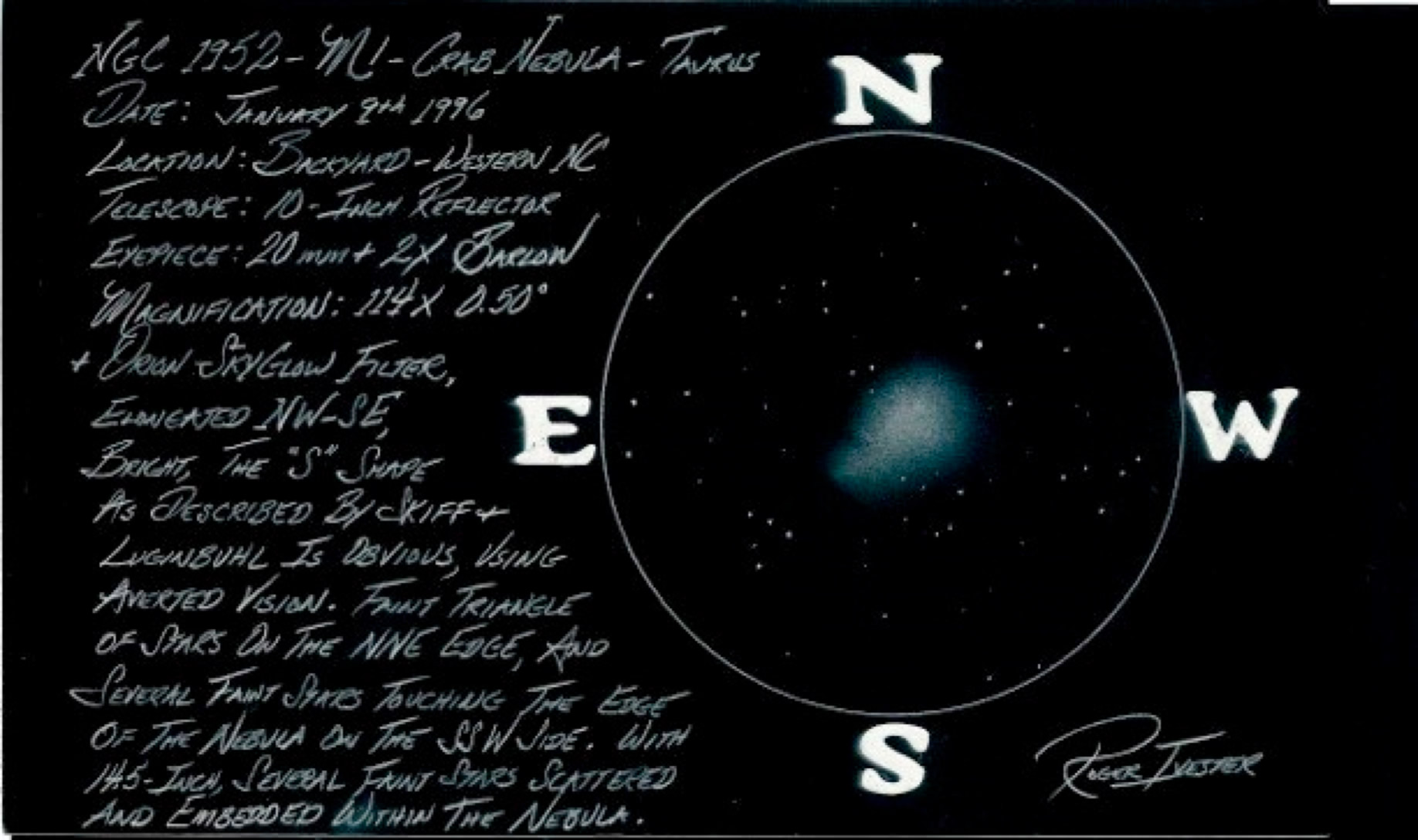
Many have observed all 110 Messier objects, using telescopes as small as three inches, and you can too. If you haven't observed the Messier Catalog, why not let 2014 be your year to see all 110 objects? It has always been my opinion that an observing goal can be a great motivator. I often refer to this as "observing with a purpose."
There's nothing quite so rewarding as having a detailed note, and if possible, a simple pencil sketch of all the deep-sky objects you observe. If you're fortunate enough to see and document the entire list, consider pursuing the Astronomical League Messier Certificate. Just go to the AL website and find out what's required to be eligible to join the thousands of other amateurs who've achieved this feat. Be sure to spend plenty of time with each and every object. With careful observing and patience, you may be surprised at the faint details which will begin to emerge. This should not be a hurried quest, but of one of patient solitude and contemplation. Let it be a fun project and enjoy every object, to the fullest. It just might put you on the path to more difficult objects, maybe even the Herschel's. The more serious you are with your observing, the more likely you'll continue for many years to come. Let your pursuit of the heavens become a lifelong endeavor, and you'll gain much joy and satisfaction as the years pass. The changing constellations will become good friends as the seasons come and go.
Of course, one of the most interesting parts of observing carefully and recording what you see is comparing your notes to others. No two observations are ever exactly the same. Here are a few observation notes about M1 from notable observers in various locations:
Sue French from New York: Although the Crab Nebula is quite challenging for novice observers, it can be spotted as a ghostly little smudge through 7 X 50 binoculars under semi-rural skies. A 130mm refractor at 37x showed an oval nebula that was fainter around the edges and narrower at one end. At 102x, the Crab's interior appeared mottled, and the edges looked frilly. An O-III nebula filter considerably dimmed most of the nebula, but with study, it unveiled vague traces of the filaments that are so prominent in photographs. At 164X, the nebula's interior was strongly patterned, and its edges were faint.
Maria Grusauskas of Orion, from California: Using a 127mm f/7.5 refractor, at very low power (23X), the Crab Nebula was a promising smudge of white in a relatively starless area, with no stars resolved within the nebula that I could see. To the southeast, it was anchored by the bright blue star Zeta, and a hook-shaped asterism of six stars. At higher power (56x), the Crab "body" began to be more apparent, shaped very much like the body of a Dungeness crab, with a star flanking each side of the greatest distance across, to the northeast and southwest. A brighter central region was apparent with averted vision. A week earlier, in an 18-inch telescope, observing M1 resolved definite suggestions of spindly legs and a heightened dimension of nebulosity (with a high contrast multi-band nebula filter).
The Crab was also just barely detectable in 10 X 70 binoculars as a faint smudge, but only with averted vision. Observed on a frosty 32║ night at a dark site known as Deep Sky Ranch in Paicines, California.
Kevin Ritschel of Orion, from California: In a 127mm f/7.5 refractor, at (56x), M1 preceded a fairly bright field star to the southeast of the nebula. The nebula, I would say, was of medium brightness, but not uniform in texture. It had a brighter irregular core, and fainter extensions. The nebula was oval shaped. It was somewhat mottled, with hints of filamentary structure, but very subtle. This observation was made with the Crab Nebula near the meridian, and without the use of any filters.
In an Orion StarBlast 62mm telescope at (21x), it appeared as a rather faint smudge, about half the field away from Zeta, as, again, mostly even, but brighter in the central region, with an oval shape.
Using a 12-inch f/8 reflector, on the morning of December 13, 2013, at 149X, the Crab definitely had two components, a smooth 'S' shaped inner core and a slightly less bright outer shell that, while oval, was far more circular than the smooth inner core. At higher power, the Crab filled between 1/2 and 1/3 of the field of view. The outer shell was on the verge of resolving into filaments and would likely have done so with the aid of an O-III or UHC narrowband nebula filters. With a 33-inch f/5 Newtonian, and an O-lll filter, the filaments were obvious, even to inexperienced observers who had never seen them before.
Jaakko Saloranta from Finland: Using an 8-inch Orion DSE Telescope at 300X with a UHC narrowband filter: "Bright, NW-SE elongated diffuse little peanut. Slightly brighter in the middle with several 14th magnitude stars visible in the vicinity."
Fred Rayworth from Nevada: The Crab Nebula usually appeared as a fat 'S' shape, though when seeing was superb, it would fill in as a ragged oval shape. During those moments of superb seeing, I could pick out mild mottling and filaments within the core and along the edges. However, nights of great seeing were rare, so mostly it was just the fat 'S' shape. An O-III narrowband nebula filter made the nebula worse, almost blocking it out, as did the H-beta, which blocked it out completely. Years ago, I tried an LPR filter (SkyGlow) filter and it helped just a tad. The best view, by far, is unfiltered. Magnifications ranged from 70-220x with the best views at 102x. Most observations were made with either a home-built 16-inch f/6.4 reflector or a commercial 16-inch f/4.5.
Jay Thompson from Nevada: Using a 17-inch Newtonian and a magnification of 227x on an exceptionally clear and steady night, in Meadview, Arizona, I was able to discern filaments superimposed on the oblong nebula. The glow from the main body is fascinating since it arises from synchrotron radiation.
The following image was made by Dr. James Dire from Wildwood Pines Observatory in Earl, North Carolina, using an 8-inch f/7 reflector:
Take some time to observe M1 with us. Come back and leave your observation notes in a "Review" of this article, below!
{ sourceURL:'/catalog/includes/quicklook_miniproduct.jsp?entityId=106399&entityTypeId=4', sourceSelector:'' }
Do you enjoy using your tablet or laptop computer? Many folks nowadays are taking the Internet with them wherever they go, but did you know that you can contribute to citizen science at the same time? Let's try a hunt for black holes while you're carpooling, riding the bus or taking the train to work!
The first Zooniverse project, Galaxy Zoo, was started by astronomers Chris Lintott and Kevin Schawinski in 2006 when they were both at Oxford University. Now there is "Radio Galaxy Zoo" - a brand-new project which just launched and allows anyone with computing power and an Internet connection to become a cosmic explorer.
Just what is Radio Galaxy Zoo? It's a project to help astronomers discover supermassive black holes observed by the KG Jansky Very Large Array (NRAO) and the Australia Telescope Compact Array (CSIRO). It works by matching galaxy images with radio images taken by CSIRO, to work out if a galaxy has a supermassive black hole at its center or not.
"It takes about a minute to learn what to do," said CSIRO's Dr. Julie Banfield, an Australian coordinator of the international project.
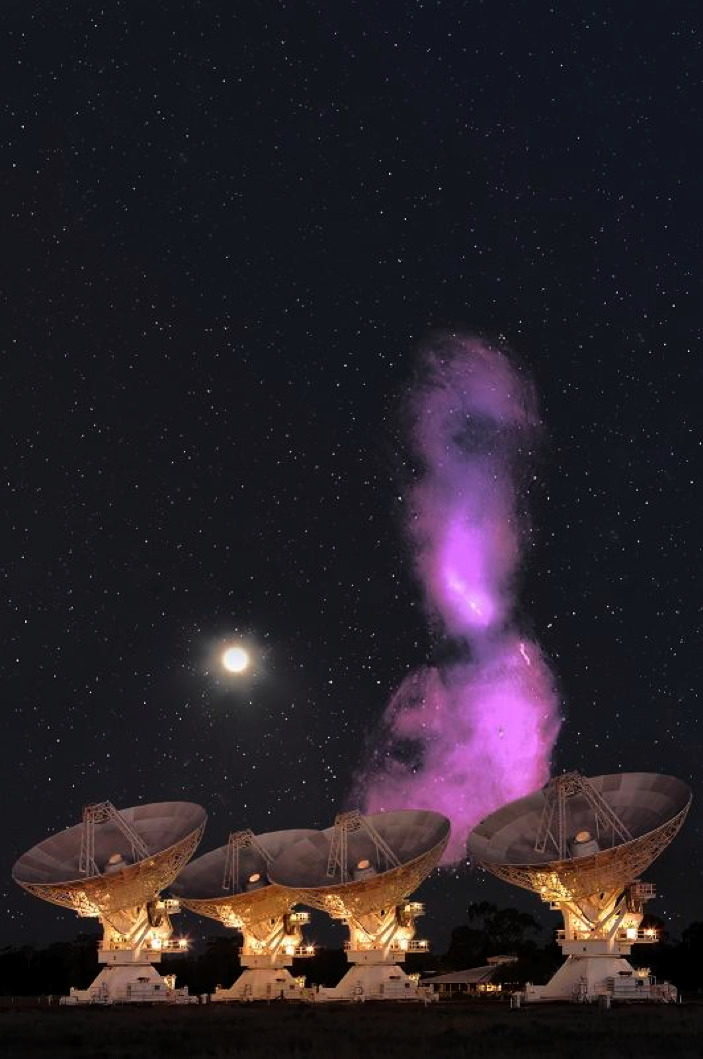
Centaurus A (purple): A giant galaxy with a supermassive black hole, typical of the galaxies in Radio Galaxy Zoo, super-imposed with CSIRO Image (radio) I Feain et al. (photo) S. Amy.
We know that almost all - if not all - galaxies have a black hole at their hearts. We also know that the larger the host galaxy is, the larger the black hole should be. These huge black holes have wide ranging effects on the galaxy in which they are contained. The supermassive variety can swallow up nearby materials and grow to billions of times the mass of the Sun! These monsters are known to produce incredible jets of material, which spew out at the speed of light. There are circumstances where these jets can't be observed in visible light, but can be detected in the radio end of the electromagnetic spectrum. Astronomers can use your help locating these jets and associating them to their host galaxies.
"To actually work with the images takes only a few seconds each - perhaps a couple of minutes for the really tough ones," says Dr. Banfield. "You just need match up a couple of pictures and look for what you think is the galaxy at their center."
Why do astronomers need your help in sifting through all this radio data? Imagine the hundreds of thousands of galaxies out there just waiting to reveal their secrets. Because not even light can escape a black hole, they cannot be directly observed, yet they have a huge impact on their immediate surroundings. There are many methods for detecting black holes in their neighborhoods, but the supermassive types are fairly easy. While optical and infrared light is usually blocked by copious amounts of dust and gas, the target of the project - those tell-tale jets - are readily apparent at radio wavelengths.
"There is a great deal of valuable information that can be obtained from the radio images of these jets, but we need to understand the host galaxy too," says the Radio Galaxy Zoo team. "For instance, observing the host galaxy allows us to determine its distance, which is critical to understanding how big and how luminous the black hole actually is."
Join up at Radio Galaxy Zoo and you'll be part of a community of almost a million people who work in the 'Zooniverse' - a set of citizen-science projects covering everything from galaxy shapes to cancer data and whale songs.
"Galaxy Zoo and the other projects have been producing real science, science that gets published," said CSIRO's Dr. Ivy Wong, who has also been working to set up Radio Galaxy Zoo. "Everyone, literally everyone, can now help to make discoveries."
Go ahead, team up! Instead of just aimlessly wandering around the Internet while waiting on an appointment, commuting, or site surfing for the fun of it, you could be contributing to a real science project and assisting astronomers in locating black holes!
{ sourceURL:'/catalog/includes/quicklook_miniproduct.jsp?entityId=106398&entityTypeId=4', sourceSelector:'' }
The year 2014 is filled with notable celestial events you won't want to miss. Mark them on your calendars and plan your star parties and observing nights around them.
Orion's 2014 Guide to the Sky begins with the most important dates to circle, followed by planetary and deep sky observing seasons, and finally, a detailed breakdown of sky events and Moon phases for each month. Follow Orion's Community on social media for up-to-date coverage on all of these events as the year unfolds.

Total Lunar Eclipse by Michael B. in Portland, Oregon, with Orion ED 80 80mm f/7.5 Apochromatic Refractor Telescope.
Most Important Dates to Circle in 2014:
March 20: Asteroid Occults Regulus - In the early morning hours, asteroid 163 Erigone has been predicted to obscure the bright star Regulus in Leo. Regulus will remain invisible for up to 12 seconds for those situated along the center of a 45-mile-wide path that extends from New York City to Oswego in New York and on up to Ontario, Canada. No telescopes or binoculars necessary to see the star flicker out.
April 14/15: Total Lunar Eclipse - Starting around 11p.m. on the night of April 14, watch the Earth's shadow cover the Moon in a total lunar eclipse. This is the first total lunar eclipse visible from North and South America in nearly 3.5 years. The Moon will be immersed in the Earth's shadow for 78 minutes, with a very good chance of turning a beautiful yet erie coppery red. On April 14, Mars will come within 57.4 million miles of Earth, the closest it's been since 2008. So while you're out watching the eclipse, make sure to train your telescopes on the fiery red planet, which will be as bright as Sirius! May 10: Astronomy Day - A human event, not an astronomical one, this is one of two days set aside to honor and celebrate the thrill of astronomy.
May 24: Meteor storm from Camelopardalis - Astronomers are forecasting that there may be a huge "storm" of meteors the night of May 24. If their predictions are correct, meteors may rip through the sky at a rate as high as 1000/hour! To best see this potentially historic event, plan to stay up most of the night and get away from city lights! Best views will be after the Moon has set. Stay tuned for updates on this potential spectacle, and plan on watching the skies for a day or two before and after, as these predictions may be a day or so off.
June 7: Moon & Mars Conjunction - The Moon and Mars will creep to within about two degrees (about 4 lunar diameters apart) on the night of June 7. Visible together from moonrise to moonset around 2 a.m. August 10: Supermoon - The Full Moon will come its closest to Earth all year on this date - 221,765 miles, making it the so-called "Supermoon" of 2014. Photographers, be sure to submit your images of the rising Supermoon to Orion's Facebook page. Those who live on the coast, expect a wide range in ocean tides, from extremely low to extremely high. August 12-13: Perseids Meteor Shower - The Perseids almost always delight, but unfortunately the Moon will interfere with the shower this year.
August 18: Venus and Jupiter Conjunction - The two planets will come within only ╝ degree from each other in the morning sky. M44 is only a degree away as well. This will be a spectacular conjunction to observe a few mornings in a row as the planets move closer to each other.
October 4: Astronomy Day - A human event, not an astronomical one, this is the second day of the year set aside to honor and embrace the love of astronomy. A wonderful night for public outreach!
October 8: Another Total Lunar Eclipse - Visible to the western half of North America, Hawaii, the Pacific ocean and as far east as the eastern half of Australia, the Moon will pass to the north of the center of Earth's shadow, with one hour of totality. Binoculars or a telescope will reveal a 6 magnitude greenish point of light near the Moon: the planet Uranus. For those viewing in northern Alaska and northern Canada, the moon will occult Uranus.
October 19th: Comet Flyby for Mars - Comet C/2013 A1 (Siding Spring) has a 1 in 8,000 chance of smashing into the surface of Mars, around 11:45 AM PDT. More than likely, it will come within 73,000 miles from the red planet, with a chance of its coma enveloping mars, and a spectacular shower of meteors as seen from the Martian surface.
October 23rd: Partial Solar Eclipse - A partial solar eclipse will be visible at sunrise in far eastern Russia, and most of North America before sunset. While the Moon's shadow will miss Earth, meaning there will be no totality, the Moon will be obscuring a rather large bite of the Sun just before sunset, at its greatest point of partiality. This eclipse begins at 19:37:30 UT, and ends at 23:51:36 UT.
Planetary Observing Seasons:
Jupiter - On Sunday, January 5, Jupiter is at opposition; directly opposite the sun in the sky. It will rise at sunset and be high enough above the eastern horizon 2-3 hours after sunset to do some serious observing and imaging. This is the "start" of the prime observing season for many amateurs that will run till April or early May. Jupiter is one of the best targets in the sky for monitoring detail and changes on a daily basis - so get out your high power eyepieces and eyepiece filters if you want to look and if you have a telescope with a motor drive (will track the stars or a planet) this is a fun first planetary target for beginning imagers.
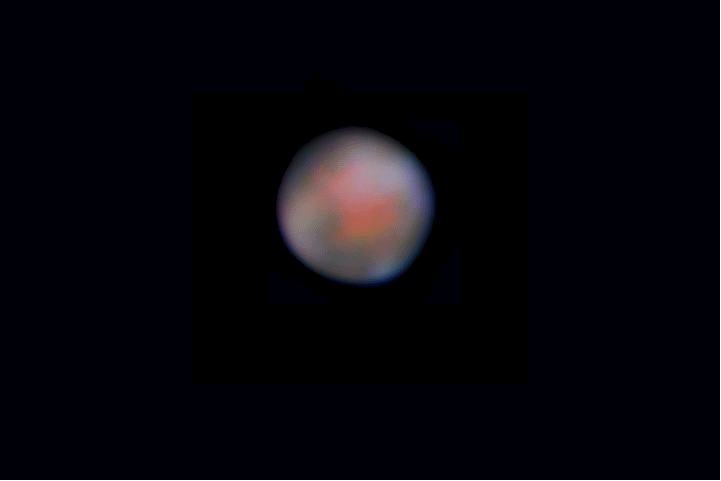
Mars, by Orion Staff.
Mars - Mars will be in opposition to the sun on April 8, showing a disk with an apparent diameter of 15 arc seconds (about half the size of Jupiter). Planetary cameras can capture usable information when the target is about 5 arc seconds in size or larger, so Mars is a definite target this year. The date of opposition (or close to it) is usually when a planet is its largest apparent diameter. So grab your equipment and grab a look at the Red Planet! Mars will be in a good position before this date if you what to stay up later in the evening; and in a good position to observe until about July.
Saturn - Saturn reaches opposition on May 10th. It will be in a good position to observe during the evening until about early September - basically most warm summer evenings! While Saturn is likely one of the most memorable sights in the sky, the planet's disk is not as detailed as Jupiter's (but the spectacular ring system makes up for that!). Like the other planets above, the bigger the telescope you have, the more likely you will have memorable views of the planets when the air is stable - but all of Orion's telescopes will show Saturn's rings.
Deep Sky Observing Seasons:
Galaxy Season - During spring evenings, the Earth faces away from the obscuring dust storms lurking in the Milky Way, and, luckily, it just so happens to face a few relatively nearby clusters of galaxies. So springtime, beginning in March, promises a load of interesting galaxies to explore, especially in the rich "Virgo Cluster of Galaxies."
From a dark sky site even Orion's StarBlast 62 can find dozens of springtime galaxies, but you'll probably want a 6-inch telescope or larger to really see the differences among the many galaxies you can capture in the springtime sky. And while low powers are great for sweeping up galaxies while star-hopping, don't be afraid to try medium or even high powers to see faint companion galaxies and to tease out some of the less obvious detail.
While there are wonderful galaxies to explore in nearly every constellation, they are concentrated in the triangle of the sky bound by Leo, in the west, Ursa Major in the North and Virgo to the southeast, the happy-hunting ground for galaxy enthusiasts. Galaxy season stretches for evening observers (as opposed to observers who get up after Midnight) from March through June.
Milky Way Season - Few sights in the nighttime sky can rival the spectacle of the Summer Milky Way from a dark sky location! When the Moon is absent and you are away from artificial light sources, the Milky Way will spread from the southern horizon arching overhead toward the north from July to October. Not only is our galactic arm a feast for the naked eye, its a treasure-filled delight to scan with binoculars or a wide-field ("Rich-field") telescope! The haze of the Milky Way is caused by the clumping of millions of individual stars, star clusters and gas and dust clouds.
The Jewels of Fall - Autumn brings crisp, clear nights and some of the brightest galaxies and star clusters in the sky, most notably: The Andromeda Galaxy (M31), the Pinwheel galaxy (M33), The Pleiades (M45) and the Double Cluster in Perseus. That's not all! Binocular and telescope users will find a veritable feast of telescopic targets that will delight the stargazer in everyone. The sparkling show jewels of in the fall sky is prominent during mid-evenings from October through January. The Season of the Hunter - Few sights are as dramatic as the path across the sky of one of the most recognizable constellations in the sky - Orion. But if you don't use optical aid you are missing the best part. Orion is chock full of amazing visual telescopic treats ranging from the Great Nebula in Orion to the planetary nebula NGC 2022. And to the east of Orion lurks the winter Milky Way: while far fainter than its summer version, it is rich in star clusters and emission nebulae.
Month-By-Month Sky Events of 2014:
January - Take advantage of the New Moon on January 1st and start the New Year with great views of galaxies, star clusters, and the winter Milky Way. Gigantic Jupiter will be a great planetary target for telescopes all month long, but the very best views of Jupiter will be during the evening of January 5th when the gas giant will be at opposition. Bundle up and keep your eyes peeled on the evening of January 2nd and into the early morning hours of January 3rd to catch the Quadrantids meteor shower! Look for meteors appearing to radiate from the constellation Bo÷tes. New Moons: 1/1 & 1/30. Full Moon: 1/16.
February - The second month of 2014 continues to offer great views of the winter Milky Way and will also feature a handful of interesting conjunctions to enjoy. On February 11th, the Moon and Jupiter will appear about 5░ away from one another, and on February 19th Mars will appear about 3.1░ away from the Moon. Late February features two especially close conjunctions: look for Saturn and the Moon to appear very close to one another on February 21st, and on the 26th, look for a close conjunction between the Moon and bright planet Venus. There is no New Moon in February. Full Moon: 2/14. That's amore!
March - Some of the best galaxies to see are spread across the night sky from Ursa Major to Virgo in March. Take advantage of the New Moon on March 1 and set sail for these island universes with a big telescope! Mars and the Moon will share the skies on March 18th during a conjunction. A couple days later you can enjoy a very close conjunction between the Moon and ringed Saturn on the evening of March 20th, which is also the March Equinox - the Sun will shine directly on the equator and there will be nearly equal amounts of day and night throughout the world. New Moons: 3/1 & 3/30. Full Moon: 3/16.
April - Get outside during the evening of April 14th/15th to enjoy a total lunar eclipse! The Earth's shadow will darken the nearly Full Moon from approximately 11pm on the night of April 14 until about 12:30 a.m. PST April 15 during this exciting event. Be sure to check out Mars for the best views of the year when it reaches opposition on April 8th. Don't miss the Lyrids meteor shower which peaks during April 22nd and 23rd. Scan the skies near the constellation Lyra after midnight on the 22nd for your best chance to see meteors. Full Moon: 4/15. New Moon: 4/29.
May - Grab a comfortable blanket or lounge chair and catch the Eta Aquarids meteor shower which peaks on the evening of May 5th. Meteors will appear to radiate from the constellation Aquarius. The best night of the year to observe Saturn and its spectacular rings is the evening of May 10th, when the planet reaches its closest point to Earth in its orbit. Four days later on May 14th, the Moon and Saturn treat us to a very close conjunction as they appear to pass within about a half degree of each other. Full Moon: 5/14. New Moon: 5/28.
June - Summer stargazing season kicks off in June with great opportunities to see a host of globular and open star clusters, emission nebulas, and more. Grab a pair of big binoculars or a wide-field telescope and scan the summer Milky Way for great views. The night of June 7th will see a conjunction between the Moon and Mars, and a few days later Saturn and the Moon will appear very close to one another for a pleasing sight in binoculars or unaided eyes. Full Moon: 6/13. New Moon: 6/27.
July - With constellation Hercules almost directly overhead and Scorpius to the south, there's plenty to explore in July skies as summer continues. On July 6th, grab a telescope or pair of big binoculars to see the Moon positioned close to Mars in the sky. Just a couple days later on July 8th, you can enjoy a close pairing in the sky between the Moon and Saturn. July winds down with the Delta Aquarids meteor shower. For the best chance to see meteors, get outside the night of July 28th and look towards the constellation Aquarius. The Delta Aquarids is an average shower that can produce up to 20 meteors per hour. It is produced by debris left behind by comets Marsden and Kracht. Full Moon: 7/12. New Moon: 7/26.
August - Use 50mm or larger binoculars and/or a telescope with a low-power eyepiece to explore the summer Milky Way in August for nice views of various star clusters, galaxies, and cloudy nebulas. Get outside after dark on August 13th to see meteors from the Perseids shower radiating from the constellation Perseus, but keep in mind that the bright Moon will make spotting meteors a bit of a challenge this year. On August 18th, Venus, Jupiter, and the Beehive Cluster form a conjunction in the sky for a spectacular sight. Neptune is at opposition on August 29. The blue giant planet will be at its closest approach to our planet, and its face will be fully illuminated by the Sun. This is the best time to view and photograph Neptune! Due to its extreme distance from Earth, it will only appear as a tiny blue dot in all but the most powerful telescopes. Closer to home, Saturn and the Moon treat us to another close conjunction on the night of August 28th. Full Moon: 8/10. (Closest Full Moon of 2014.) New Moon: 8/25.
September - The fall stargazing season begins with wonderfully placed spiral galaxies M31 (Andromeda Galaxy), M33 (Triangulum Galaxy), and M74 in Pisces. While binoculars and small telescopes can find these objects in a dark sky, use a big telescope to really "see" these glittering island universes. The September equinox occurs at 2:29 UTC on the 23rd. The Sun will shine directly on the equator and there will be nearly equal amounts of day and night throughout the world. This is also the first day of fall in the northern hemisphere, and spring in the southern hemisphere. Full Moon: 9/9. New Moon: 9/29.
October - Stargazers are in for a spooky treat during the early morning hours of October 8th when a total lunar eclipse darkens the Moon's surface; this eclipse will best be seen in the western U.S. and near sunrise on the East Coast. If you stay up late, you can enjoy nightly views of Jupiter in October and see its four brightest moons (Io, Ganymede, Europa and Callisto) change position each night. See the Orionids meteor shower on the night of October 21st as meteors appear to radiate from our namesake constellation Orion. Many locations will enjoy a partial solar eclipse on October 23rd. Full Moon: 10/8. New Moon: 10/23.
November - Bundle up for bright winter skies! See our namesake constellation Orion arch its way across the sky along with lots of bright star clusters. Get outside on the evening of November 18th to see the Leonids meteor shower as meteors appear to radiate from the constellation Leo. Full Moon: 11/6. New Moon: 11/22.
December - Don't miss the Geminids meteor shower which peaks on December 13th. Look for meteors to emanate from the constellation Gemini and the surrounding area. On December 19th, bundle up to check out a nice conjunction between Saturn and the Moon. The solstice occurs on the 21st at 23:03 UTC. The South Pole of the Earth will be tilted toward the Sun, which will have reached its southernmost position in the sky and will be directly over the Tropic of Capricorn at 23.44 degrees south latitude. This is the first day of winter in the northern hemisphere, and first day of summer in the southern hemisphere. Full Moon: 12/6. New Moon: 12/22.
Follow Orion on Facebook, Twitter & Google Plus, or check our Community page for up-to-date coverage on all of these events as the year unfolds.
{ sourceURL:'/catalog/includes/quicklook_miniproduct.jsp?entityId=106395&entityTypeId=4', sourceSelector:'' }
Make a New Year's resolution to stargaze in 2014! January kicks off the New Year with wonderful sights for backyard astronomers to enjoy with friends and family. Don't forget to bundle up and stay warm on clear evenings as you explore the sparkling night sky. Here are a few of our top picks for January stargazers:
Jupiter at Opposition - On January 5th Jupiter will be at opposition from the Sun, which means it is directly opposite from the Sun in the sky and will rise in the east as the Sun sets. Get ready to view and image the largest planet in the solar system! Any telescope will show the 4 Galilean Moons and the major cloud bands on a clear night, but you'll need about a 90mm diameter or larger telescope for serious viewing. Bigger scopes show more detail during periods of steady skies and good "seeing". The Orion Jupiter Observation Eyepiece Filter makes the Great Red Spot and the major equatorial cloud bands easier to see. If you have a telescope with a motor drive system, Orion has options starting at less than $100 to image the mighty gas giant planet - see our StarShoot USB Eyepiece Camera II or the versatile Orion StarShoot All-In-One Astrophotography Camera that can image everything from the Jupiter to entire constellations.
Meteor Madness - January 2 &3 should be the peak of the Quadrantids meteor shower radiating from the constellation Bo÷tes. The Moon's phase is favorable for viewing meteors after midnight. You don't need a telescope to enjoy this show, just a clear, dark sky (which is priceless). If you want to image this spectacle, use the Orion StarShoot All-In-One Astrophotography Camera with the optional All-Sky Solution mounted on a tripod to capture time-lapse images of the meteor trails!
Two New Moons - The Moon phase will be new on both January 1st and January 30th, so break out your deep space gear and get ready to tackle some deep sky objects during the weekends of January 4th & 5th and February 1st and 2nd. The last weekend in December will also have lots of dark skies without moonlight to seek out "faint fuzzies" of deep space.
Orion on the Meridian - Our namesake constellation will pass the meridian about 10PM on January 15 - so objects in that constellation are the highest in the sky for best viewing. Some of our favorite targets in or near Orion are:
- M42, The Great Nebula in Orion - Visible as the middle star of Orion's sword, this emission nebula looks amazing in everything from binoculars to the XX16g! Can you see the trapezium, the 4-star system at the center? Even viewers from moderate light- polluted areas can get a good sense of the glory of this object if you use an Orion UltraBlock or Oxygen-III filter.
- M78 - Another, much fainter, emission nebula M78 is located just left and above the left- most star in the Orion's belt. Again, an Oxygen-III filter can help.
- NGC 2174/2175 - A large emission patch and star cluster, this complex is located near the top of Orion's raised "hand". Under dark and clear skies this can be seen in larger binoculars such as Orion's 15x70 or 20x80 Astronomy Binoculars.
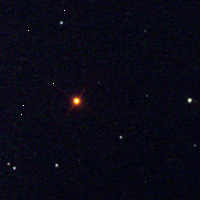
Adam Block/NOAO/AURA/NSF
Hind's Crimson Star - Just South of Orion is the constellation Lepus, the Hare. In Lepus you can catch a glimpse of the rare winter globular cluster M79, as well as R Leporius - a well known variable star that varies between magnitude +5.5 (just visible to the naked eye) to +11.7 with a period of about 427 days. What's interesting about this star is that because it is a "carbon star" it is very red; when it is at its brightest, the red color is unmistakable.
January Challenge Object from Orion - Just west of Rigel, the bright blue/white star that marks the western "knee" of Orion lies the Witch Head Nebula (also called IC 2118), in the neighboring constellation Eridanus. The Witch-Head is a reflection nebula that shines from reflected light off of Rigel, like the reflection nebula in the Pleiades, M45. You don't need a big telescope; a wide field of view, low power and a dark sky are needed to see this challenging nebula - we've seen it from Deep Sky Ranch in California with a 110mm refractor at low power (Hint: Don't use filters). Can you see it? Let us know on Facebook!
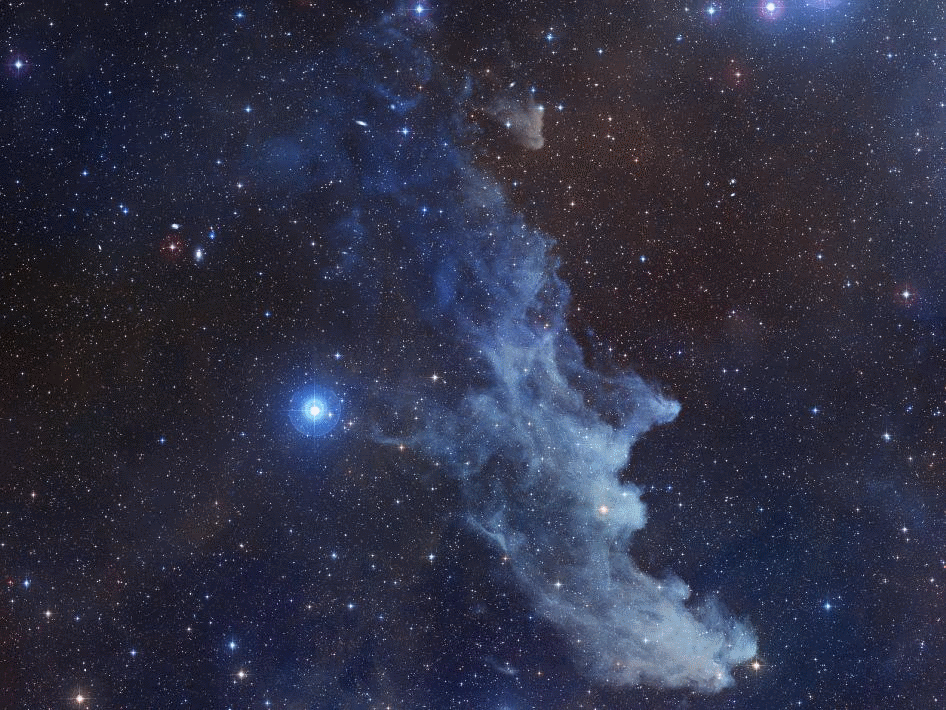
Rigel and the Witch Head Nebula - Photo Credit: NASA/STScI Digitized Sky Survey/Noel Carboni
All objects described above can easily be seen with the suggested equipment from a dark sky site, a viewing location some distance away from city lights where light pollution and when bright moonlight does not overpower the stars. All objects have been verified by actual observations by Orion Telescopes & Binoculars Staff at Fremont Peak State Park, and/or Deep Sky Ranch, 60 miles and 90 miles respectively from San Jose International Airport, San Jose, CA.
{ sourceURL:'/catalog/includes/quicklook_miniproduct.jsp?entityId=106394&entityTypeId=4', sourceSelector:'' }
Only the Hubble Space Telescope could deliver a "card-worthy" image of a distant star. In this case it's a Cepheid variable cataloged as RS Puppis, a star 200 times larger than our Sun and ten times more massive. As the Hubble watched over a five week span, this superstar grew brighter and then dimmed as it pulsated and created the illusion of a festive holiday wreath adorned with sparking lights. These stellar heartbeats are breathtaking examples of a phenomenon known as a light echo, where the light generated from the star plays across the nebula surrounding it.
RS Puppis is an unusual star. There are very few Cepheid variables which are encased in gaseous clouds of dust. However, its environment allows for observations of light echoes to be captured with immense clarity. As the star intensifies and expands, we can record the light after it is reflected from edge to edge of its dusty envelope, thus capturing the illusion of the gases moving outward. Since this reflected light must travel a greater distance, it arrives at our observation point slightly later than the light from the star itself. To understand that, think of the sound from a single car horn bouncing off tall buildings down a quiet street. This causes an audible echo and light can sometimes react in the same fashion. It's no little candle either: RS is 15,000 times more luminous than the Sun!
RS Puppis is well known to astronomers. Just five years ago they utilized the light echo around it to measure its distance, giving us the most accurate measurement of Cepheid variable so far known. The distance to RS Puppis has been narrowed down to 6,500 light-years (with a margin of error of only one percent). Even though the cloud around RS seems small, it's incredibly large. Even at a distance of around 6,500 light-years away from us, the light echoes can be captured in motion as they cross the nebula!
Video: Time-lapse of observations from NASA/ESA Hubble Space Telescope. Credit: NASA, ESA, G. Bacon (STScl), the Hubble Heritage Team (STScl/AURA) - ESA/Hubble Collaboration, and H. Bond (STScl and Pennsylvania State University.)
"This effect can make it appear that this propagation of light is happening at speeds greater than the speed of light," says the Hubble Team. "But this is just an illusion."
For the most part, stars stay pretty stable most of their lives, consuming the fuel at their cores quietly as they evolve. However, in some stars when the hydrogen is gone, they may turn into very different creatures - like pulsating stars. As they become unstable, brightening and dimming, expanding and contracting over a period of hours, days or weeks, they leave us with some very unusual findings. In the case of RS Puppis, it's finding incredible beauty and enjoying it during an incredibly beautiful time of year!
Happy holidays!
Original Story Source: NASA/Goddard News Release
About Tammy Plotner - Tammy is a professional astronomy author, President Emeritus of Warren Rupp Observatory and retired Astronomical League Executive Secretary. She's received a vast number of astronomy achievement and observing awards, including the Great Lakes Astronomy Achievement Award, RG Wright Service Award and the first woman astronomer to achieve Comet Hunter's Gold Status.
{ sourceURL:'/catalog/includes/quicklook_miniproduct.jsp?entityId=106391&entityTypeId=4', sourceSelector:'' }
When introducing a child to astronomy, having a well written, informative, and imagination-inspiring book (or two) on hand can go a long way in the educational process. Astronomy books make for great reading on cloudy or subzero nights, and can serve as invaluable reference on observing nights with your family.
Orion's Staff has put together a top ten list of favorite titles that are great for children just starting to learn about the sky. But we've also thrown several titles with parents in mind.
Here are our favorite books to have on hand while learning the night sky.
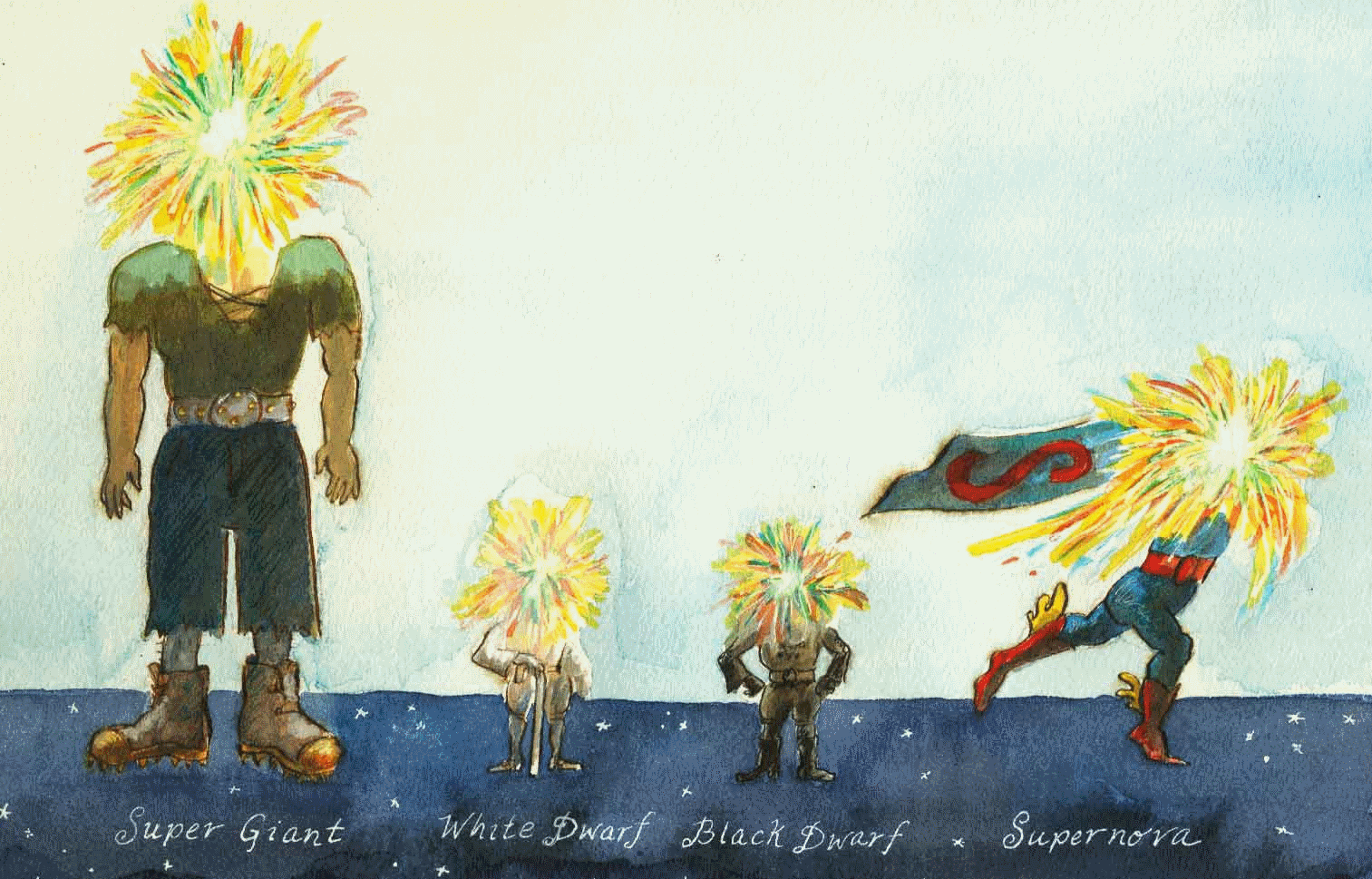
Stars, personified. By Meredith Hamilton, in the book A Child's Introduction to the Night Sky.
1. Randy Riley's Big Hit, written and Illustrated by Chris Van Dusen.

Get young children thinking about the night sky with this adventurous story about Riley and his work to deflect an asteroid back out into Space.
Age Level: Picture book, great for young kids up to 8 years of age.
2. A Child's Introduction to the Night Sky, written by Michael Driscoll, illustrated by Meredith Hamilton.

Children will love the beautiful illustrations and wealth of information about the night sky this book has to offer in its 92 pages of colorful, fact-packed pages. The best part about this book, though, is that parents will indefinitely learn something too. A recipient of the Parent's Choice Award, A Child's Introduction of the Night Sky comes with a star wheel and glow in the dark stickers of the solar system.
Age Level: Young children & elementary school students.
3. Find the Constellations by H.A. Rey (Curious George author)
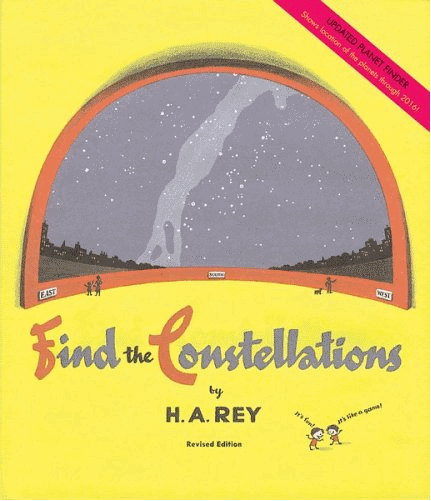
A classic children's book with wonderful illustrations that will nurture their curiosity about the night sky.
Age Level: 8 - 12
4. Discover the Stars, by former long-time editor of Astronomy Magazine, by Richard Berry.
A good beginner book with an observing orientation, with thorough coverage of the sky, and charts on every page to accompany the text.
Age Level: Aimed more at beginning adults than kids.
5. The Backyard Astronomer's Guide, by Terence Dickinson and Alan Dyer.
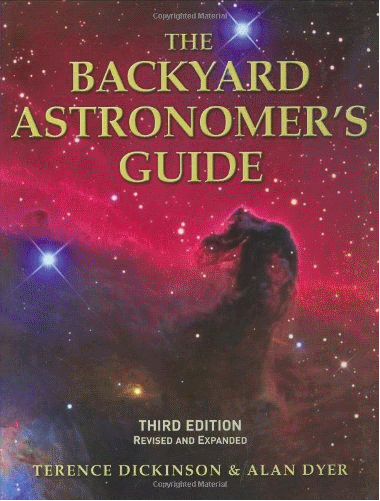
A complete guide to getting started in amateur astronomy, from the equipment you'll need, to the celestial panorama and advanced tips.
Age Level: Teens & up.
This excellent reference book was designed for use with Dobsonian telescopes, and is one of the most popular observing books of all time. One object per spread layout makes for clear and concise learning. An excellent reference, geared more towards adults or parents than children.
Age Level: Beginning adults and their children.
7. The Stars: A New Way to See Them by H.A. Rey (Curious George author)
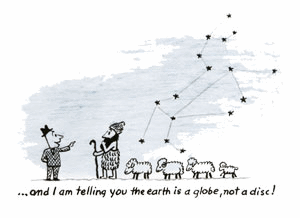
Not just for children! The Stars is another classic to add to your collection, and a fantastic beginning astronomer's guide to the night sky. It's filled with star charts, constellation guides and details about observing seasons and the movement of objects in the sky.
Age Level: 12 and up.
8. Discover: Astronomy (Usborne Discovery) by Rachel Firth
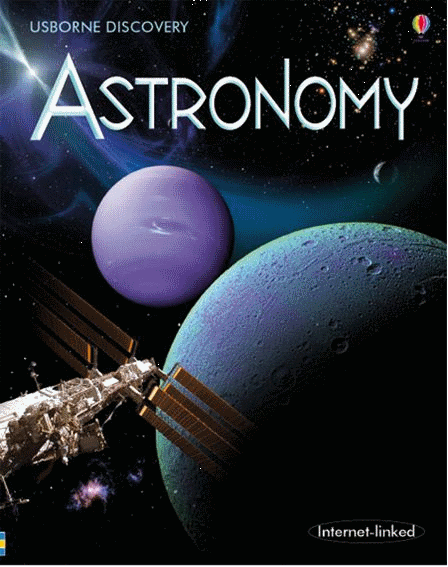
Practical advice about how to find stars, constellations, planets, features of the Moon, this introductory book is packed with interesting facts and is a great one for the classroom. It's a perfect companion to a pair of binoculars.
Age Level: 7 and up
9. NightWatch: A Practical Guide to Viewing the Universe by Terence Dickinson
Written by the renowned Terence Dickinson, this was the world's top selling stargazing guide for the past twenty years, complete with star charts for both the northern and southern hemispheres. The fourth edition boasts a complete update of the equipment section, with guides to computerized telescopes, as well as an enlarged and updated photography section.
Age Level: Young adults to Adult.
10. Observer's Handbook 2020, by The Royal Astronomical Society of Canada. Edited by James S. Edgar
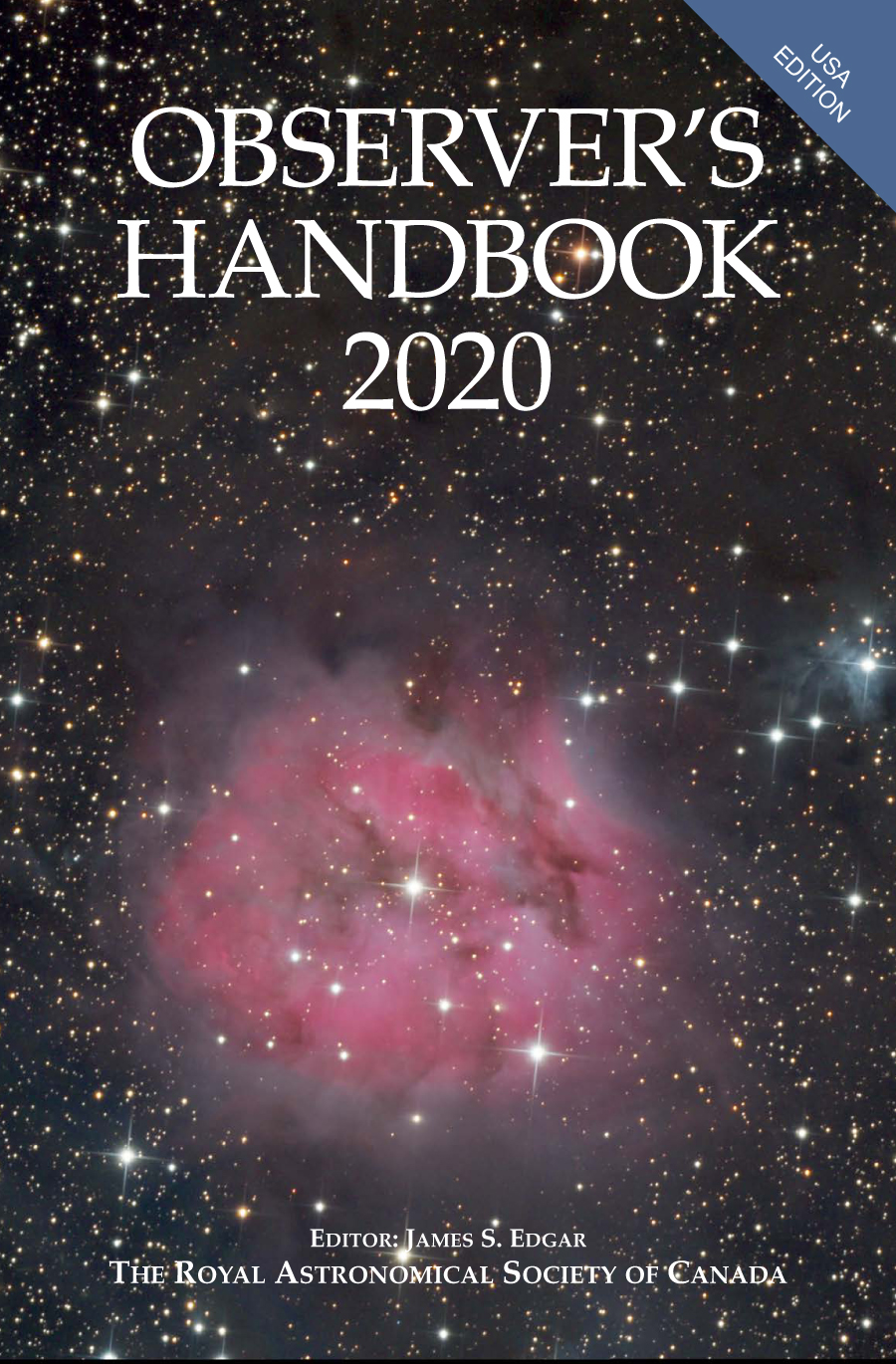
Compiled by an experienced staff of more than 60 professional astronomers of the Royal Astronomical Society of Canada, the Observer's Handbook of 2020 is THE reference book for any serious observer. It will tell you exactly what will be in the sky and when, from sunrise and sunset times to lunar phases, eclipses, solar transits, occultation's, and much, much more. 352 pages of meticulously edited and updated sky events.
Age Level: Adults, serious observers, and parents of beginners who want to help teach.
{ sourceURL:'/catalog/includes/quicklook_miniproduct.jsp?entityId=106385&entityTypeId=4', sourceSelector:'' }
For years, Ham radio operators around the world have been aware that they could send a signal into space. Such projects reach as far back as 1961 when the satellite OSCAR I (Orbiting Satellite Carrying Amateur Radio) built by amateurs on the U.S. west coast was launched. It held a simple radio beacon and worked successfully for 22 days and 570 amateurs in 28 countries picked up its signal.
Now, thousands of amateur radio heads were able to say "Hi" to NASA's Juno spacecraft when it made its recent slingshot around Earth and headed toward Jupiter.
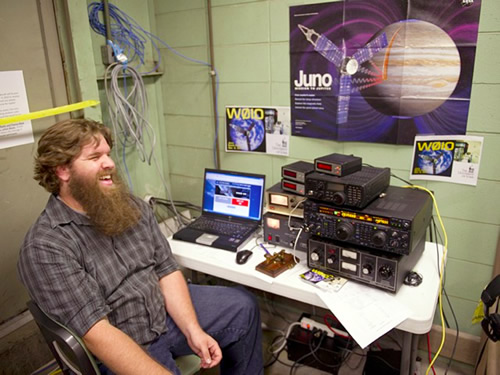
Tony Rogers, the president of the University of Iowa ham radio club, mans the equipment used to send a message to the Juno spacecraft in October. The simple message "Hi" was sent repeatedly by ham radio operators around the world. Photos by Tim Schoon.
According to Donald Kirchner, University of Iowa research engineer on Juno and one of the coordinators of the all-volunteer "Say Hi to Juno" project, all licensed amateur radio operators were invited to participate by visiting a website and following posted instructions. "The idea was to coordinate the efforts of amateur radio operators all over the world, and send a message in Morse code that could be received by the University of Iowa-designed-and-built instrument on the Juno spacecraft," he says. "We know that over a thousand participated, and probably many more than that."
Although the greetings were sent to the spacecraft, no replies were sent back. What's more, Juno didn't decode the message itself. After receiving the October 9 signal from amateur radio operators, the Juno team then surveyed the Waves instrument data. They found what they were looking for: The message sent from Earth was visible early in the fly-by when Juno was still over 37,000 kilometers, or about 23,000 miles, away. According to Kirchner, earlier space missions were able to detect shortwave radio transmissions as they passed Earth, such as Galileo on its way to Jupiter and Cassini as it sailed toward Saturn. Even though these messages were received, it wasn't possible to decode the transmissions from the data.
According to Bill Kurth, UI research scientist and lead investigator for the Waves instrument: "We believe this was the first intelligent information to be transmitted to a passing interplanetary space instrument, as simple as the message may seem," he says. "This was a way to involve a large number of people -- those not usually associated with Juno -- in a small portion of the mission. This raises awareness, and we've already heard from some that they'll be motivated to follow the Juno mission through its science phase at Jupiter."
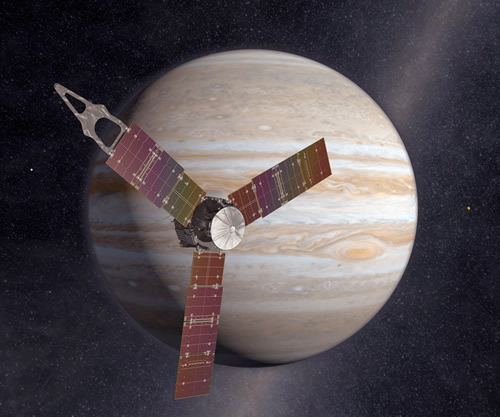
Artist depiction of Juno passing in front of Jupiter. Credit: NASA/ JPL-Caltech
Just where did the "Say Hi" ideas come from? Kirchner says the project first started when then public outreach staff at NASA's Jet Propulsion Laboratory in Pasadena, California became curious about the UI receiver. Would it be possible for it to detect a voice message? Even though this idea wouldn't work, Kurth and Kirchner brainstormed that a slow Morse code transmission just might fulfill the requirements.
According to the news release, Kirchner is also an amateur radio operator and took the lead in designing the project. His routine ham radio activities include being an assistant emergency coordinator with the Johnson County Amateur Radio Emergency Service, which works closely with the Johnson County Emergency Management Agency to provide backup and auxiliary communications. To facilitate the message to the Juno spacecraft, he turned towards the students, in particular, the UI Amateur Radio Club. The group then designed a temporary station on the roof of Van Allen Hall. Operating for a few days up to the flyby, he and other club members engaged hundreds of stations in 40 states and 17 countries to raise awareness of the project.
The "Say Hi" project was made possible by the fact that Juno passed within 350 miles of the Earth's surface on October 9, 2013, in a maneuver to gain momentum for its July 2016 encounter with Jupiter. If all goes well, Juno will orbit the giant planet 33 times. Plans for the mission include flying directly above Jupiter's poles and encountering both its northern and southern aurora regions to investigate the electrical current systems that cause them. What an amazing greeting that will be!
Original Story Source: University of Iowa News Release
{ sourceURL:'/catalog/includes/quicklook_miniproduct.jsp?entityId=106383&entityTypeId=4', sourceSelector:'' }
In winter, even just a casual glance at the sky will register the Pleiades star cluster. For northern hemisphere observers, the cluster is like winter's beauty mark, arriving with the darkening months and sitting high in the constellation Taurus, preceding the bright red star Aldebaran across the sky. It is easy to find, and punctuates the end of a beautiful sweep of stars beginning in Perseus with first magnitude Mirfak, along the eastern leg of the constellation.
This eye-catching cluster is quite young by astronomical standards, having emerged from the Merope Nebula within the last 100 million years, and some estimate it is as young as 20 million years, meaning it did not shine in the skies when the dinosaurs roamed the Earth. The cluster is our close neighbor, about 380 light years distant in our local arm of the Milky Way galaxy, and has about an 8 light year diameter. For perspective, only Alpha Centauri and Sirius are bright stars within 8 light years of Earth.
As Walter Scott Houston said of the Pleiades, "Even on the coldest of winter nights, when time spent at the telescope is better measured in minutes than hours, it would be a very un-amateur act not to look in on the Pleiades."
The cluster makes an excellent target for binoculars or a wide-field telescope, but require nearly two degrees to see all members in one field of view. The nebulosity is fleeting, and can be faintly glimpsed under excellent conditions, primarily around the star for which the nebula is named, Merope (the bottom star in the image below). In Deep Sky Wonders, Walter Scott Houston wrote of this fleeting nebulosity, saying: "On an ordinary night, there are usually a few wisps of nebulosity seen around the Pleiad Merope. But on really exceptional nights (or more likely, half hours), the glow swells out to encompass the entire cluster in a big cocoon."
Charles Messier catalogued the Pleiades as Messier 45, or M45, but he was not the first to notice the Pleiades. The cluster goes by many names, and its fame crosses many cultures. Ancient Greeks called it The Seven Sisters and the Japanese call it "Subaru" - you can see it as the logo of the car company. Ancient Persians used "Soraya" - which was also the name of the former Iranian empress. The British and Germans called it the Chick with Hens. Many people today see it, and mistake it for the Little Dipper. Perhaps we should refer to it as The Littlest Dipper? There are many variations, but the cluster is part of human records reaching as far back as Babylonia. It was mentioned in Homer's Iliad and Odyssey, referenced three times in the Bible, shows up in the Quran and in ancient Hindu mythology as well. This may be history's most famous star cluster!
On average, the naked eye sees the six brightest stars of the cluster. I've read reports of people counting up to fourteen members, naked-eye. My best is nine. The above chart shows the brightest members and magnitudes. How many can you see? Make a sketch then come back and compare it to the chart.
Despite the number of stars you're able to see, remember this: the cluster is actually comprised of over 1,000 confirmed members with a "tidal radius" of around 43 light years and total mass of around 800 suns. That's a big group of stars!
The Pleiades is an open cluster. Open clusters are comprised of young star systems. There are thousands of examples of these throughout our own Milky Way galaxy. They tend to occur in the spiral arms of galaxies, as that's where star formation is predominant.
In your pair of binoculars or telescope, you can see hundreds of open clusters, varying greatly in size, shape, density and brightness. Some, like the Pleiades, do not require anything other than your eyes and interest to see them. The Hyades in Taurus is an example of an older dispersing open cluster that can be seen without a telescope, as are the stars around Mirfak in Perseus. The stars of The Big Dipper are a highly dispersed old open cluster. Like children, growing up in their family home (their nebula, per se), the stars of open cluster eventually disperse - and move on, to new homes across our night skies.
The winter Milky Way is a fine sight, with many bright stars against a black background. The Pleiades are a jewel among them. Beautiful at the casual gaze, spectacular in almost any astronomical instrument, and should you try to discern the nebula, a challenge as well. Even on the coldest nights, take a few minutes to go outside and enjoy the great sight of Winter's Littlest Dipper.
Clear skies,
Mark
Constellation chart courtesy Starry Night Pro - sold by Orion Telescopes and Binoculars. Pleiades image from the Digital Sky Survey. Pleiades detail chart from The Sky software.
{ sourceURL:'/catalog/includes/quicklook_miniproduct.jsp?entityId=106379&entityTypeId=4', sourceSelector:'' }
It's the University of Arizona's first discovery of an exoplanet and wouldn't you know - it's one that's breaking all the rules! An international team of astronomers led by a UA graduate student have picked up the signature of a planet orbiting a single, sun-like star. While that's nothing new, the planet's position most certainly is: it's more than 650 times the average Earth-Sun distance away from its host!
Weighing in at about eleven times the mass of Jupiter, this non-conformist planet cataloged as HD 106906 isn't like anything in our solar system and defies conventional planet formation theories. "This system is especially fascinating because no model of either planet or star formation fully explains what we see," said Vanessa Bailey, who led the research. Bailey is a fifth-year graduate student in the UA's Department of Astronomy.
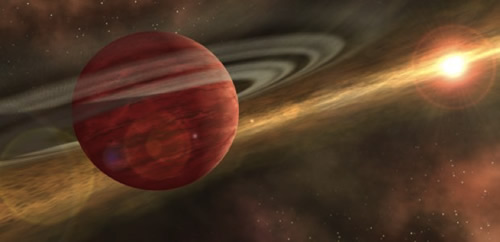
Image: This is an artist's conception of a young planet in a distant orbit around its host star. The star still harbors a debris disk, remnant material from star and planet formation, interior to the planet's orbit (similar to the HD106906 system). (Image courtesy NASA/JPL-Caltech)
But just what are the "rules" of planet formation? For the most part, astronomers believe that planets similar to ours form relatively close to the parent star, taking shape from the disk of primordial gases and dust which envelope it. This formation is slow and doesn't lend itself well to giant planets forming at great distances. However, other theories postulate that giant planets could be the result of a quick, direct collapse of disk material. While this is a good notion, primordial disks aren't really known to house enough mass at their periphery to permit a planet like HD 106906 to form. In this instance, many alternative hypotheses have been suggested - including the formation of a "mini" binary star system.
"A binary star system can be formed when two adjacent clumps of gas collapse more or less independently to form stars, and these stars are close enough to each other to exert a mutual gravitation attraction and bind them together in an orbit," Bailey explained. "It is possible that in the case of the HD 106906 system the star and planet collapsed independently from clumps of gas, but for some reason the planet's progenitor clump was starved for material and never grew large enough to ignite and become a star."
According to Bailey, one problem with this scenario is that the mass ratio of the two stars in a binary system is typically no more than 10-to-1. "In our case, the mass ratio is more than 100-to-1," she explained. "This extreme mass ratio is not predicted from binary star formation theories -- just like planet formation theory predicts that we cannot form planets so far from the host star."
What really makes this rule-breaking discovery incredible is the fact that researchers can still detect the remnant debris disk of material left over from planet and star formation. "Systems like this one, where we have additional information about the environment in which the planet resides, have the potential to help us disentangle the various formation models," Bailey added. "Future observations of the planet's orbital motion and the primary star's debris disk may help answer that question."
Just how did the UA research team discover this unruly planet? Because it is only around thirteen million years old, it still glows red-hot with embers left over from its formation. It measures at approximately 2,700 degrees Fahrenheit - much cooler than its host star - and emits most of its energy in the infrared spectrum rather than in visible light. To get a direct image with the quality of the Hubble from the ground requires some very specialized equipment - adaptive optics. The team used the new Magellan Adaptive Optics (MagAO) system and Clio2 thermal infrared camera - both technologies developed at the UA - mounted on the 6.5-meter-diameter Magellan telescope in the Atacama Desert in Chile to take the discovery image.
UA astronomy professor and MagAO principal investigator Laird Close said: "MagAO was able to utilize its special adaptive secondary mirror, with 585 actuators, each moving 1,000 times a second, to remove the blurring of the atmosphere. The atmospheric correction enabled the detection of the weak heat emitted from this exotic exoplanet without confusion from the hotter parent star."
"Clio was optimized for thermal infrared wavelengths, where giant planets are brightest compared to their host stars, meaning planets are most easily imaged at these wavelengths," explained UA astronomy professor and Clio principal investigator Philip Hinz, who directs the UA Center for Astronomical Adaptive Optics.
Of course, all new discoveries require confirmation. In this case, the researchers were able to confirm the planet is gravitationally locked to its parent star by utilizing Hubble Space Telescope data taken eight years ago for another research program. Using the FIRE spectrograph, also installed at the Magellan telescope, the team confirmed the planetary nature of the companion. "Images tell us an object is there and some information about its properties but only a spectrum gives us detailed information about its nature and composition," explained co-investigator Megan Reiter, a graduate student in the UA Department of Astronomy. "Such detailed information is rarely available for directly imaged exoplanets, making HD 106906 b a valuable target for future study."
"Every new directly detected planet pushes our understanding of how and where planets can form," said co-investigator Tiffany Meshkat, a graduate student at Leiden Observatory in the Netherlands. "This planet discovery is particularly exciting because it is in orbit so far from its parent star. This leads to many intriguing questions about its formation history and composition. Discoveries like HD 106906 b provide us with a deeper understanding of the diversity of other planetary systems."
{ sourceURL:'/catalog/includes/quicklook_miniproduct.jsp?entityId=106366&entityTypeId=4', sourceSelector:'' }
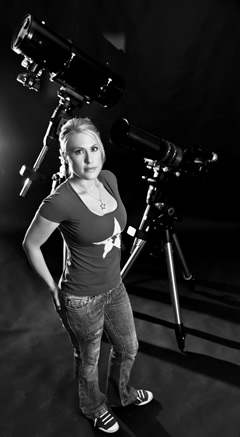
Known to the online world as "AstroTanja," 34-year-old Tanja Sund of South Africa is a magazine editor by day, and a devoted astrophotographer by night. Oh, and she's also the mother of a 2-year-old daughter.
Though Sund admits to a "continual state of sleep deprivation," her images and blog have begun to impress a worldwide audience, and she shows no signs of slowing down. Sund counts an 8" Orion Astrograph and Autoguider among her gear, a fact that makes us immensely proud. Here is our interview of Tanja Sund, South Africa's hottest new Astrophotographer:
Orion: As publisher and editor of Fitness Magazine, SA, how was it that you got into astrophotography, and has it really been only 20 months since you started shooting the night sky?
AstroTanja: I've always been interested in science and astronomy, and yes, it's been 20 months since I first started imaging. I became a publisher in an industry that I'm passionate about, the fitness industry, due to my background in art, design and entrepreneurship. Starting the business just over 10 years ago now allows me a lot more freedom to chase my other passion, astrophotography.
Orion: What was the first night sky image you shot, and were you happy with it?
AstroTanja: First image I ever shot was the Orion Nebula, M42. At the time I was ecstatic, just to be able to capture something in the sky that's unseen to the naked eye. As first images go, it wasn't anything spectacular, but it got me absolutely hooked.
Orion: What are your favorite objects to image these days?
AstroTanja: Nebulae most definitely. The colors and structures fascinate me, and they all look different - each with its own challenges.
Orion: Have you noticed that there are very few women in the astronomy and astrophotography field, or is that not the case in the southern hemisphere?
AstroTanja: Yes, there aren't many women in the astrophotography field. I think it's mostly due to science and astronomy not being such a highlight for a lot of women, but also because it's quite technical and potentially physically strenuous (well my setup is anyway). There are imaging couples, and women mainly stick to post-processing rather than image acquisition, however I take pride in every aspect of my imaging. From packing up the scope, transporting, setting up, acquisition to post editing. I'm proud of my images because I know what went into capturing them, from start to finish. This statement is more of a generalization, but I think most ladies would rather spend an evening relaxing (or shopping) than being out in the dark all night.
Orion: What is the greatest lesson you've learned through your work?
AstroTanja: To put proper focus and time into setting up, prepping for an imaging session, and to be extremely precise with polar alignment. Don't overlook the small things - they make for a better end result.
Orion: How dark are the skies over Johannesburg, and is that where you do most of your imaging?
AstroTanja: Jozi is the most light polluted spot in Africa. That said, it's not impossible to image here. Having the right equipment and shooting shorter exposures, but many, many, more of them help increase SNR. I'm switching to narrowband imaging soon, so the light pollution won't bother me. But for the most part, I try and get away to image. My favorite spot is a 2400km round trip drive, Sutherland in the Northern Cape. It's a truly dark sky there. Sutherland is the home of SALT (South African Large Telescope)
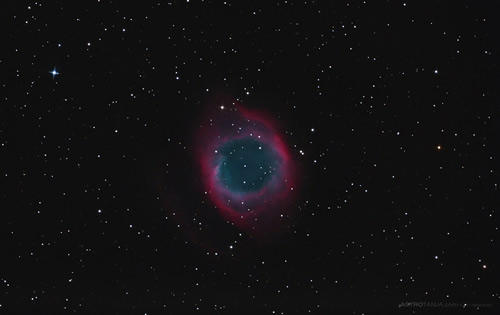
Helix Nebula. Credit: AstroTanja. Shot with a 10" Orion Astrograph. Full blog post about capturing this image here.
Orion: Any must have equipment?
AstroTanja: A must have for superior images, is a guide scope/cam. Post editing software has come a long way to bridge the gap between average and superb optics, yet everything is irrelevant if you can't have long exposures and round stars. Even with excellent polar alignment you're not going to be able to get a 5min exposure on an entry level/average mount. I currently use the Orion's SSAG, (Star Shoot Auto Guider). It's easy to use, cost effective and works wonderfully with PHD Guiding and my Celestron mounts.
Orion: Has observing and astrophotography changed your life or sense of self in any way? If so, how?
AstroTanja: It's changed everything in my life. It's a challenging form of photography and I'm always striving to better myself. I'm indeed slightly obsessed with improving my images, and I'll chase dark skies all over the world to photograph the sky. It's awakened my sense of adventure and I see imaging opportunities as a way to explore the world. Whether it's driving 12 hours to get to a dark sky in South Africa, flying to the USA with my APO to image the northern sky, or getting to Iceland to capture some aurora - it's all a big adventure. Furthermore, astrophotography is the reason I found that one person I couldn't live without - this shared passion for photographing the sky brought Cory (@TheAstroShake) and I together.
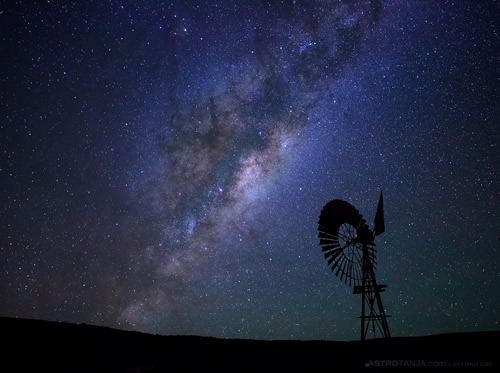
Our galactic core as it rises over the desert landscape of the Karoo, South Africa (Sutherland). Credit: AstroTanja
Orion: Have you been to the northern hemisphere to image yet? I'm very interested on your take on how the skies differ between the northern and southern hemispheres.
AstroTanja: Yes. In September I traveled to the USA to photograph the Andromeda galaxy and a few other northern targets. And in November I traveled to Iceland to photograph Aurora. It's slightly disorientating seeing objects rotate counter-clockwise around the celestial pole (in the south they go clockwise around the SCP), but it's great to see a few of the constellations I never see from where I live.
Orion: For us northern hemisphere observers hoping to travel, can you recommend some top targets to look for in the southern hemisphere?
AstroTanja: Top Southern Hemisphere targets are Omega Centauri, the largest globular cluster in the Milky Way Galaxy. Tarantula Nebula - NGC 2070, the most active starburst region known in the Local Group of galaxies, located on the rim of the large Magellanic cloud in the constellation of Dorado. The Small and Large Magellanic Clouds - as satellites of our Milky Way, these magnificent southern objects are only about 180,000 light years away, 15 times closer than the Andromeda Galaxy, M31. The Milky Way core overhead - the southern skies get a spectacular Milky Way core right overhead in our winter months. The Carina Nabula, one of the largest diffuse nebulae in our skies. Although it is some four times as large and even brighter than the famous Orion Nebula, the Carina Nebula is much less well known, due to its location far in the Southern Hemisphere. And finally, the Southern Cross and the Coalsack Dark Nebula. The Coalsack Dark Nebula is easily visible with the naked eye as a dark nebula in southern skies, in the constellation Crux.
I'll say Carina and Tarantula are probably two of the favorites with imagers as they carry more nebulosity and structure.
Orion: What would be your dream astrophotography trip?
AstroTanja: Any place dark, really dark - that's about it.... In both hemispheres. Oh - and I'd like to do star trails on the equator.
Orion: Any last words of wisdom for aspiring astrophotographers?
AstroTanja: Attaining great images requires dedication. Acquisition and processing isn't an easy feat. Persist - and you'll get great results. Don't always blame your optics, I've seen superb images come from mediocre equipment.
Keep up with AstroTanja on twitter (@astrotanja) and on her blog, Astrotanja.com, and on Flickr.
{ sourceURL:'/catalog/includes/quicklook_miniproduct.jsp?entityId=106357&entityTypeId=4', sourceSelector:'' }
A solar eclipse is one of the most amazing astronomical events to watch from Earth. But how, exactly, do they occur?
The diameter of the Sun is about 400 times larger than the diameter of the Moon. The Moon is about 389 times closer to the Earth than the Sun. This means that the size of the Sun and Moon in the sky are about the same, and that happy coincidence is what allows us to have the greatest show on Earth: the solar eclipse.

Hybrid Solar Eclipse of November 3, 2013. By Dan Ferry of Long Island, New York. See more of his eclipse photos here.
But having the same apparent size is just the first requirement for a solar eclipse. To see a solar eclipse on Earth, the Moon must pass in front of the Sun from our vantage point.
If the orbit of the Moon were exactly in line with the orbit of the Sun, then we might expect a solar eclipse once a month. But the Moon's orbit is tilted about five degrees relative to the orbit of Earth, and this means that the Moon is often slightly above or below the Sun from our perspective when it passes between the Sun and Earth. So most months there is no solar eclipse.
For the Moon to be lined up in the right way, it has to be located near the plane of the Earth's orbit when it passes in front of the Sun, and this only happens twice a year, about six months apart. This is why there are "eclipse seasons" in Spring and Fall. At least one eclipse occurs during each eclipse season.
Not all solar eclipses are alike. As seen in the image below, since the Sun is larger than the Moon, there are regions where only part of the Sun is blocked by the Moon, and the resulting shadow is called the penumbra. For a much smaller region where the Sun is completely blocked by the Moon, the shadow is called the umbra. The type of eclipse you observe depends in part on whether you are viewing it from the umbra or penumbra.
If you are standing in the penumbra, then you will see the Moon block part of the Sun during the eclipse. This is known as a partial eclipse. Since the penumbra is much larger than the umbra, this is the most commonly observed type of eclipse.
Sometimes only the penumbra crosses the Earth, and only a partial eclipse is observed, but usually both penumbra and umbra cross the Earth. Most of us only see a partial eclipse if we are lucky, but those standing in the umbra see a very different view.
For those standing in the umbra, the Moon is directly in front of the Sun. One would therefore expect the Moon to completely block the Sun, producing what is known as a total eclipse. Often this happens, but not always. Although the Sun and Moon appear to be about the same size in the sky, their apparent sizes vary slightly. The orbit of the Earth is not perfectly circular, so sometimes it is slightly closer to the Sun, and other times slightly farther away. This means the Sun can appear slightly larger or slightly smaller. Likewise, the orbit of the Moon isn't perfectly circular, so the Moon can appear slightly larger or smaller as well.
These variations are small, so usually we don't notice them. But during an eclipse these variations matter significantly. When the Moon appears slightly larger and the Sun slightly smaller, the Moon can completely block the Sun, and viewed from the umbra it appears as a total eclipse, with only the Sun's corona visible. If the Moon is slightly smaller and the Sun is slightly larger, then the Moon can't completely block the Sun. Instead it mostly blocks the Sun except for a thin outer ring. This produces what is known as an annular (ring) eclipse.
The rarest type of eclipse is known as a hybrid eclipse. In this case the Moon is initially large enough to completely block the Sun, but as the umbra crosses the Earth the relative apparent size of the Sun and Moon shift, so that the Moon is no longer able to completely block the Sun. This means that what begins as a total eclipse changes to an annular one. The reverse is also possible, where an annular eclipse becomes a total eclipse. This means that some people can see a total eclipse, while others can see an annular one.
If you live in the United States and have never seen a total eclipse, make plans for August 21, 2017. On that day a total eclipse will cross the US from Oregon to South Carolina, making it within a day's drive of most of the country.
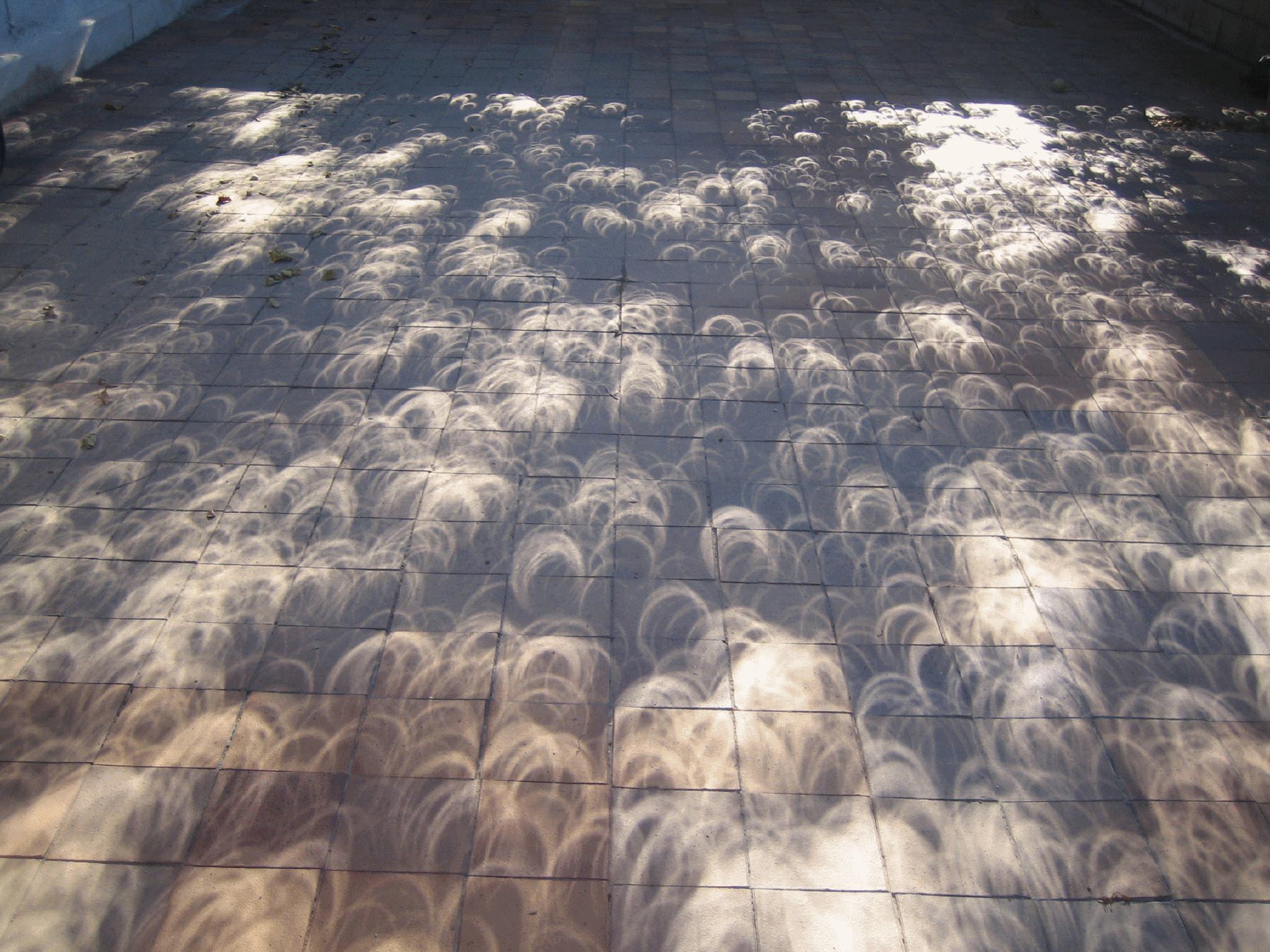
Shadows of an annular eclipse of October 3, 2005. By Nils van der Burg of Madrid, Spain. Via Wikimedia Commons.
CAUTION: Never look at the Sun, either directly or through a telescope or binocular, without a professionally made protective solar filter installed that completely covers the front of the instrument, or permanent eye damage could result. When using a truss tube telescope to view the Sun, both a properly fitting solar filter and light shroud are required.
{ sourceURL:'/catalog/includes/quicklook_miniproduct.jsp?entityId=106348&entityTypeId=4', sourceSelector:'' }
Comet ISON gave everyone a thrill ride on Thursday, November 28, when it reached perihelion. While there are clear images from the Solar and Heliospheric Observatory that show the comet swinging around the Sun, there was one activity at the star party the enigmatic comet seems to have skipped over - the SWAP meet. The Sun Watcher using Active pixel system detector and image Processing solar telescope, on board the Belgium-based ESA mission PROBA2 was watching the encounter. Even though at least a part of the icy traveler may have survived its barbeque brush with the Sun, it failed to appear in images from extreme-ultraviolet (EUV) solar telescopes on Thursday, to the disappointment of many.
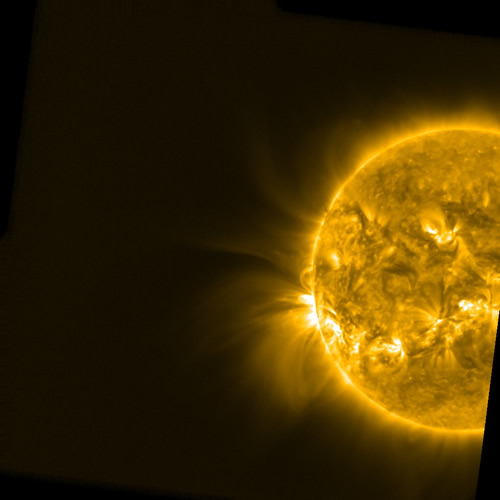
Image: A processed SWAP EUV image from the Comet ISON campaign shows no hit of the comet's passage. Credit: Royal Observatory of Belgium
Thanks to several space-based ultra-violet solar telescopes, solar physicists have had the opportunity to study a few sungrazing comets over the last two decades. Usually they appear very bright in the EUV images, showing themselves highlighted in the Sun's atmosphere as they skim past the surface. In 2011, Comet Lovejoy gave a fine performance, adding its signature data to not only comet studies, but the Sun's magnetic properties as well. It gave a glowing report that left a trail which could be followed along the flows of the magnetic field of the solar corona. Since there are very few comets which travel close enough to the Sun to be visible to these specialized instruments, scientists at the Royal Observatory of Belgium, which operates PROBA2 (Project for Onboard Autonomy), had high hopes that ISON would be among them, giving answers to questions about not only comets and the Sun, but the solar system itself.
"We made every effort to observe Comet ISON," said Dr. Daniel Seaton, lead scientist for SWAP at the Royal Observatory of Belgium. "Unfortunately, the comet simply didn't appear in our images. In principle, we had every reason to think our telescope would see it, so why we did not only deepens the mystery of a perplexing comet. "
Comet ISON has been something of a mystery since it was first sighted. This rocky collection encased in frozen gases has been orbiting in the Oort Cloud for some 4.5 billion years and may have originated as much as a light year away from the inner solar system. This means it was in a pristine state - nearly untouched since the time the solar nebula congealed into a full blown planetary system. Scientists were anxious to take a look at anything it had to offer, offerings which came from our solar system's first moments. Of course, they would be something akin to burnt offerings since ISON would pass the Sun's surface just a scant 1.2 million kilometers away!
"The last comet we saw with SWAP, Comet Lovejoy, passed barely 100,000 km from the Sun's surface," said Dr. Seaton. "That's closer than the Earth is to the Moon. So one possibility is that Comet ISON was simply too far away from the Sun to be visible. There are quite a few factors that determine whether or not SWAP can see something."
The UV telescopes which study the Sun each have their own personalities and capabilities. SWAP's specialty is its ability to make observations of iron and oxygen atoms in the solar corona as far distant from the Sun as 2 million kilometers, much farther than most other active solar observatories.
"One possibility is that the comet, despite its close approach to the Sun, simply wasn't composed of material our imager can actually see. Another is that the material evaporated from the comet didn't reach the million degree temperatures which would allow it to be seen with SWAP," said Dr. Seaton.
At first the baffling comet was reported to have been doomed. It appeared that ISON had simply disintegrated as it reached its solar encounter. However, the comet continued to amaze researchers by apparently surviving at least partially, its remains destined to be consigned to deep space once again. Dr. Laurel Rachmeler, also of the Royal Observatory of Belgium said that the comet would remain a mystery for solar physicists and other astronomers to puzzle over in the months to come. "Of course we were hoping to see something a little more spectacular in our telescope," she said, "but there is still plenty to do before we can solve this little riddle. The suspense for us has passed, but now the fun part starts as we begin to fit all of our information together."
Are we through with Comet ISON? Not hardly. Astronomers around the world will continue to observe the remains of the comet as it leaves our solar system. SWAP scientists will also be busy trying to solve the riddle of why they weren't able to image the comet.
"It's a mystery for sure," said Dr. Seaton, "but a non-detection is still important information. Our hope is that our data - or rather, our lack of data - will be combined with images and observations from the global effort to understand this comet and will help give us new insight into some of the most distant bodies in our solar system."
Original Story Source: PROBA2 Science Center News Release
{ sourceURL:'/catalog/includes/quicklook_miniproduct.jsp?entityId=106344&entityTypeId=4', sourceSelector:'' }
This month's deep-sky challenge will prove to be a challenge indeed. You'll need a very dark sky with excellent transparency to observe the faint and difficult face-on galaxy, IC 342 located in the constellation of Camelopardalis. Begin your search by locating 4.5 magnitude Gamma Camelopardalis, and then about 3░ south.
IC 342 is very large, but extremely faint due to the low surface brightness. When using my 10-inch f/4.5 reflector, it has been difficult to spot on many occasions. At a magnification of 57X, I could see a very feeble and faint glow, however, at times it required a bit of field motion (lightly tapping the side of the telescope tube.)
Increasing the magnification to 114X began to bring out some of the fainter details.I saw a brighter stellar nucleus and a hint of spiral structure began to show when using averted vision. The overall shape had a very subtle N-S elongation. The edges were ill-defined and faded very gradually outwards. A chain of six stars runs the length of the galaxy in a NW-SE orientation. There were a number of faint stars superimposed in front of the galaxy. The following sketch was made using a No. 2 pencil and a blank 5 X 8 notecard. The colors were inverted using my scanner.
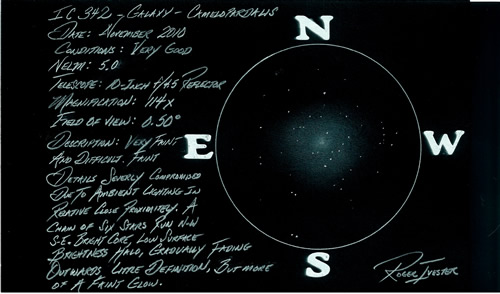
Here are some observations of IC 342 by some other notable and skilled observers:
Jaakko Saloranta of Finland: 4.7-inch refractor at 60X: "A low surface brightness galaxy with a nearly stellar nucleus surrounded by a faint, slightly E-W elongated halo peppered with foreground stars. With averted vision, I suspected faint spiral arms."
Sue French of New York: "Through a 105mm refractor at 28X, IC 342 was a very nice, large, low-surface-brightness galaxy spangled with faint stars. At 68X, this pretty galaxy appeared somewhat elongated north-south and spanned about 12'. In a 10-inch reflector at 44x, IC 342 was quite fetching and faintly mottled. It seemed brightest around a little pile of faint stars and just north of them. The very faint outer reaches of the galaxy made it look rounder and stretched it to a diameter of 1/3░."
Tom English of North Carolina: "Using a 16-inch RCOS telescope, I observed this galaxy from Jamestown, NC. There was good transparency, but was hampered by a fairly bright moon. I could see the central core, but nothing else."
Gus Johnson of Maryland: "Through a 5-inch short focal length reflector, I found it on the edge of my imagination. I noted a faint star chain on the western edge."
Fred Rayworth of Nevada: "Using a 16-inch f/4.5 reflector telescope with magnifications of 70 to 102X from Furnace Creek Ranch in Death Valley. Viewing conditions were not that good. I saw a faint fuzzy star with a stellar core. Not bright enough to see shape. When observing from Redstone on the North Shore of Lake Meade, Nevada using 87X, I noted a bright core, and a spiral structure, however, it was very faint."
Add your observations of IC 342 in the comments below.
The following image was made by Dr. James Dire, from Wildwood Observatory in Earl, North Carolina using an Orion 190 mm f/5.3 Maksutov-Newtonian telescope and a CCD camera. The exposure time was 60 minutes.
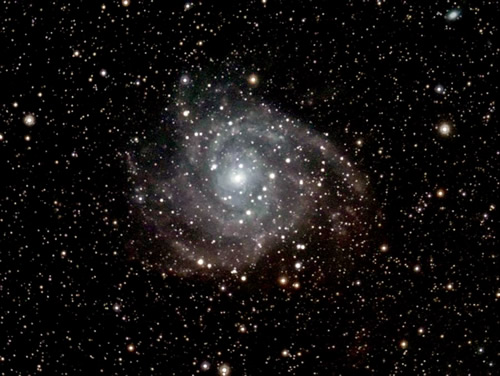
{ sourceURL:'/catalog/includes/quicklook_miniproduct.jsp?entityId=106339&entityTypeId=4', sourceSelector:'' }
A few hours after sunset, rising in the north-northeast is one of the dimmer constellations, requiring darker skies to identify. With a GoTo telescope or skill at star hopping, finding treasures in this seemingly empty piece of sky is possible. The rewards are certainly worth the effort! Tonight let's observe three interesting and varied objects; a nice planetary nebula, a notable chain of stars, and a fine open cluster.
First though, let's locate this dim constellation with a name reminiscent of a safari. It is named Camelopardalis - the "camel leopard," otherwise known as giraffe! Its main stars lie between Perseus' brightest star Mirfak, Auriga's lucida, Capella, and Polaris, the North Star. Five stars define the constellation, with the brightest being magnitude 4.0 - Beta Camelopardalis. Do you know why a constellation's beta star can be brighter than its alpha star? Post a reply here, if you know the answer. All the stars in the constellation's figure at left are between magnitude 4 and 5. It is dim and challenging in urban and suburban skies.
Seek out a dark place and begin by looking for the compact open cluster NGC 1502. You can see a chain of stars above the cluster's location in this chart. Use that chain in your magnifying finder to sweep just over a degree from the arc.
Along with NGC 1502 you'll find a chain of stars called Kemble's Cascade, named after Father Lucian Kemble of the Royal Astronomical Society of Canada by famous astronomy writer Walter Scott Houston.. Houston described it as "a beautiful cascade of faint stars tumbling from the northwest down to the open cluster NGC 1502."
In this image from the Digital Sky Survey, I've "connected the dots" to more clearly show the chain. I'm sure you find it unmistakable. While the chain is visible in 7x50 binoculars, a telescope will resolve the cluster into a rich compact jewel, and the stars in Kemble's Cascade show off their colors.
Kemble's Cascade is an "asterism" - a recognizable pattern that is not a constellation. The cluster NGC 1502 shines at magnitude 6.9 and contains approximately 45 stars that are 2700 light years from us. It is considered a young cluster at an age of 11 million years old.
Near the open cluster and Kemble's Cascade is the nice planetary nebula NGC 1501. At magnitude 11.9 and 3600 light years distant, it is considered faint, but using a narrow bandpass filter (Orion's Ultrablock), you'll pick up some detail, in telescopes as small as six inches. Under dark skies you can find this target in a 4" telescope.
Expert visual observer Steve Gottlieb described it as: "fairly faint, moderately large, bluish, slightly elongated, sharp-edged." My observations say the disk is mottled. Its small size of 56" x 48" will require higher power to see the details.
This excellent image gives you an idea of the slightly elongated shape, and the slightly uneven disk. With a bit of patience, you may even pick up the central star in smaller telescopes.
There are many objects like these in our celestial galactic backyard. Open clusters, planetary and diffuse nebulae, multiple and colored stars - there is no lack of great sights to enjoCamelopardalis y on any given night!
Charts created with Starry Night Pro.
{ sourceURL:'/catalog/includes/quicklook_miniproduct.jsp?entityId=106333&entityTypeId=4', sourceSelector:'' }
Over four decades ago, Neil Armstrong took his first step on the lunar surface - a very dusty place. At the time, scientists didn't realize just how big the impact of lunar dust would prove to be. The abrasive particles stuck to everything they touched. This caused scientific instruments to overheat and even gave one astronaut - Apollo 17's Harrison Schmitt - a type of lunar dust allergic reaction! The presence of the dust gave rise to a scientific experiment to deduce how quickly it accumulated on surfaces, but over the years NASA's findings began to collect a dust of their own.
Even though it would appear the 44-year-old data was lost, researchers have resurrected the old findings to give us the first figures on how fast lunar dust gathers on surfaces. Unlike its prolifically pesky Earthly counterparts, the sparse lunar particles take their good, sweet time to gather - forming a layer about a millimeter thick every 1,000 years. While that might seem incredibly slow, it's still about ten times faster than scientists originally thought. Even at this snail's pace, it is still fast enough to be considered a potential threat to equipment such as power generating solar cells which may be part of future missions.
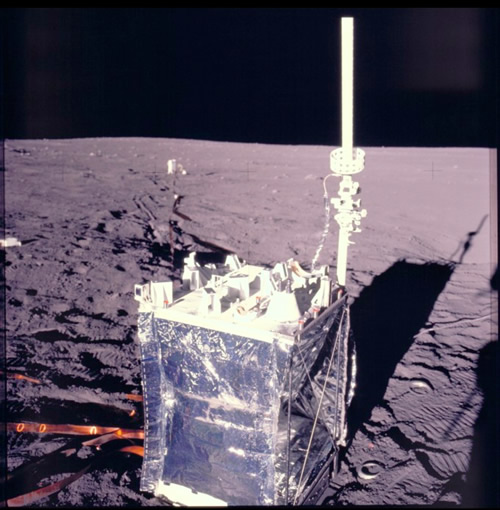
The Lunar Dust Detector, attached to the leftmost corner of this experiment package left by the Apollo 12 astronauts, made the first measurement of lunar dust accumulation. As the matchbox-sized device's three solar panels became covered by dust, the voltage they produced dropped. Credit: NASA
"You wouldn't see it; it's very thin indeed," said University of Western Australia Professor Brian O'Brien, a physicist who developed the experiment while working on the Apollo missions in the 1960s and now has led the new analysis. "But, as the Apollo astronauts learned, you can have a devil of a time overcoming even a small amount of dust."
The faster-than-expected pile-up also implies that lunar dust could have more ways to move around than previously thought, O'Brien added.
While a lunar dusting could be a very big deal, the experimental equipment which involved three Apollo missions was diminutive. To conduct his six year experiment, O'Brien used an arrangement of small solar cells connected to a matchbox-sized case. The tests were simple: measure the drop in voltage as the particles obscured the incoming light. The results: according to the test measurements, 100 micrograms of dust collected over a surface area of a square centimeter in a period of a year. At this rate, it would take about a year to cover a basketball court in a pound of particles.
Just what kind of impact could that have on scientific equipment? By comparing the effects the dust had on the cells from accumulation and from damaging high-energy radiation from the Sun, O'Brien deduced that shielded power supplies could suffer. Their output could be reduced, a situation with even more significance than those caused by a solar outburst. While potential radiation damage was factored into the design of solar cells, no one really gave a thought to a potential dust issue. "While solar cells have become hardier to radiation, nothing really has been done to make them more resistant to dust," said O'Brien's colleague on the project Monique Hollick, who is also a researcher at the University of Western Australia, in Crawley. "That's going to be a problem for future lunar missions."
However, this isn't the first time that NASA took on a housekeeping mission. When Apollo 11 departed the Moon, scientists knew the takeoff would stir up a sizeable amount of dust - dust which would deposit itself on nearby science experiments. Designing a way of circumventing the issue was problematic. Detachable covers would require a way of being removed after the lander left the surface. Everything from a small explosive charge to a robotic removal was considered, but these options simply left more room for errors to occur.
"Then I asked what I thought was a pretty common sense question," recalled O'Brien. "If we've got to guard ourselves against damage from the lunar module taking off, who's measuring whether any damage actually took place; who's measuring the dust?"
Utilizing his eureka moment, O'Brien then invented the Lunar Dust Detector experiment as a small add-on device to the larger experiments. Requiring little power and weighing only 270 grams (0.6 pound), the dust detector reported back to Earth alongside the non-scientific data. "It really got a free ride," O'Brien said.
The housekeeping hitchhikers were part of the Apollo 12, 14 and 15 missions until they were switched off in September 1977 due to budget cuts. Even though the detectors were doing their job, NASA didn't keep the archival tapes of the data the LDDs had collected. For thirty years, NASA just assumed the information was lost. However, in 2006 O'Brien caught wind of NASA's mistake and informed them that he had kept a set of backup copies!
There were three solar cells located in the experiment, each of them covered with a different amount of shielding. Employing his data set, O'Brien took a look at the damage caused to both the shielded and unshielded solar cells. With this information, he could determine that dust - not radiation - was the culprit which caused the most damage to the protected cells. Dust? According to previous modeling, lunar dust was only supposed to come from falling cosmic dust and meteor impacts. "But that's not enough to account for what we measured," O'Brien said.
So exactly where is this dust coming from? Because the Moon has no atmosphere, the regolith should simply remain in place. However, O'Brien said a popular idea of a "dust atmosphere" on the Moon could explain the difference. In this scenario, solar radiation should be strong enough to displace a few electrons out of the atomic dust particles each lunar day. These electrons could possibly build up a small positive charge. During lunar night, electrons from the solar wind could impact dust particles and impart a negative charge. When the illuminated and non-illuminated sides meet, the electrical forces could cause the charged dust to lift from the surface and populate the lunar sky. "Something similar was reported by Apollo astronauts orbiting the Moon who looked out and saw dust glowing on the horizon," said Hollick.
Levitating lunar dust? While it might seem a little far-fetched, it's a concept which could soon be confirmed by NASA's Lunar Atmosphere and Dust Environment Explorer (LADEE), launched in September. The spacecraft orbits 250 kilometers (155 miles) above the surface of the Moon, searching for dust in the lunar atmosphere. While LADEE closely examines the Moon's atmosphere, O'Brien celebrates the science experiment which took many years to complete, but has finally shown a worthy outcome. "It's been a long haul," said O'Brien. "I invented [the detector] in 1966, long before Monique was even born. At the age of 79, I'm working with a 23-year old working on 46-year-old data and we discovered something exciting -- it's delightful."
Original Story Source: American Geophysical Union
{ sourceURL:'/catalog/includes/quicklook_miniproduct.jsp?entityId=106326&entityTypeId=4', sourceSelector:'' }
December brings cold winter nights and some of the clearest skies of the year for many locations. Bundle up to keep warm and get outside for some holiday stargazing fun!
Plan a Star Party - The weekend of December 28th and 29th will have nice dark skies thanks to the waning Moon, so it's a great time to plan a star-party with friends and family to break-in any new telescopes and binoculars Santa brings down the chimney!
Watch for Comet ISON - We're hoping Comet ISON survives its trip around the Sun in late November because if it does, it should be visible with unaided eyes in December. Assuming the comet survives, the best views will be during the first half of the month. The comet will be closest to Earth on December 26th, when it will be about 40 million miles away from our home planet - believe it or not, that's pretty close in space. Keep your eyes peeled and keep binoculars and telescopes handy for what we hope to be a spectacular show in December skies.
Geminids Meteors - During the nights of December 12th and 13th, the Geminids meteor shower will be in full force. Since the First Quarter Moon occurs on December 9th, the best time to see meteors will be in the early pre-dawn hours of the 12th and 13th. All you need to enjoy the show is a lounge chair, a warm blanket, and your eyes!
Big Jupiter - The largest planet in our solar system will be nicely positioned in the eastern sky throughout December. If the air is stable and seeing conditions are good, which is common on colder, windless winter nights, Jupiter can bear a lot of magnification, so don't be afraid to try catching views around 200x of the gas giant when it is high in the sky. Check in on Jupiter nightly to see its four brightest moons (Io, Europa, Ganymede and Callisto) change position night-to-night as they orbit the planet.
Enjoy great views of gigantic Jupiter with the Orion StarMax 127mm Equatorial Maksutov-Cassegrain Telescope and 1.25" Orion Jupiter Observation Eyepiece Filter. The long 1540mm focal length of the StarMax 127mm Mak-Cass is ideal for high-magnification observations of Jupiter and the Jupiter Filter helps to reveal subtle cloud band and storm details.
Best Binocular Targets - While 50mm binoculars are good for December stargazing, bigger 70mm, 80mm, or larger binos will reveal brighter and better views of celestial gems, of which there are plenty to enjoy in December skies. The glorious open star cluster Pleiades (M45) will be nearly overhead in the constellation Taurus. A little more north and overhead you'll find the Andromeda Galaxy (M31) which really shines in big binoculars. Slightly to the northwest of M31 you'll see the beautiful Double Cluster of Perseus. Finally, our namesake nebula, M42 The Orion Nebula, will be rising in the eastern sky during December nights and makes for a beautiful sight in binoculars. We suggest exploring these binocular targets with our value-packed Orion 15x70 Astronomical Binocular & HD-F2 Tripod Bundle or Orion 20x80 Astronomical Binocular & XHD Tripod Bundle for great views. You'll enjoy hours of binocular stargazing fun without tiring your arms since both bundles include stable tripods.
Best Telescope Targets - All of the binocular targets listed above also make great telescope quarry, but December skies also offer great opportunities to see objects that require a telescope. First, slew your scope just a few degrees southwest of M31 to find M33, a distant face-on spiral galaxy that's about 2.5 million light years (MLY) away from Earth. In the constellation Sculptor far to the south, try to find NGC 253, the impressive "silver dollar" galaxy. There's a swarm of other galaxies to see in the general area of NGC 253 - all part of the "Sculptor Group" of galaxies. Use a star chart or computerized object locator to hunt them down. In Pisces, look for M74, another face-on spiral galaxy like M33, but one that is almost 30 MLY farther away from us. Finally, check out NGC 1300, a classic barred spiral galaxy that is approximately 61 MLY away from Earth with a monster black-hole in its nucleus.
Chase down these deep-sky delicacies with the help of our Orion SkyQuest XT10i IntelliScope Dobsonian Telescope. With its IntelliScope object-locator system, the fan-favorite XT10i will tell you just where to find these elusive celestial treats and its 10" aperture will provide bright views.
December Challenge - With a 10" or larger telescope from a dark sky site, try to track down the picturesque Horsehead Nebula near the eastern star of Orion's belt, which is named Alnitak. An Orion Hydrogen-Beta Nebula Filter will help reveal this famous nebula's intricate details.
All objects described above can easily be seen with the suggested equipment from a dark sky site, a viewing location some distance away from city lights where light pollution and when bright moonlight does not overpower the stars. All objects have been verified by actual observations by Orion Telescopes & Binoculars Staff at Fremont Peak State Park, and/or Deep Sky Ranch, 60 miles and 90 miles respectively from San Jose International Airport, San Jose, CA.
{ sourceURL:'/catalog/includes/quicklook_miniproduct.jsp?entityId=106315&entityTypeId=4', sourceSelector:'' }
This incredibly intense image of globular cluster Messier 15, is comprised of observations from the NASA/ESA Hubble Space Telescope's Wide Field Camera 3 and Advanced Camera for Surveys in the ultraviolet, infrared and optical parts of the spectrum. To date, it is one of the most detailed images ever taken of this stellar senior citizen and reveals a wealth of information.
Orbiting the center of the Milky Way and located some 35,000 light years away in the constellation of Pegasus, this sparkling star cluster is home to more than 100,000 members and could be harboring a dark secret - a rare type of black hole located in its heart. Cataloged as Messier 15, this globular cluster holds many distinctions. Not only is it one of the most concentrated star clusters of its type, but it's also one of the oldest known, with an estimated age of around 12 billion years.
Here we see intensely hot blue stars sharing the field with cooler, golden-colored neighbors. Mutual attraction binds them together and most of the cluster's mass is concentrated at its core. However, there's more there than just beauty... there are hidden mysteries: In 2002, astronomers utilizing the Hubble found Messier 15 to have a dark enigma lurking in its core. It could be a gathering of dark neutron stars - or it could be an intermediate-mass black hole. According to researchers, of the two possibilities, chances are in favor of presence of a black hole, similar to the one spotted in massive globular cluster Mayall II.
Globular clusters contain some of the most ancient stars in the Universe - stars which are all about the same age. But M15 is a rule breaker. It may contain neutron stars which formed from the collapse of a massive star. They are very hot and very dense, with an average mass of around two solar masses contained within a radius of tens of kilometers. It is a scenario you could see happening where so many are gathered!
On the other hand, we have intermediate-mass black holes. These denizens of the deep are thought to be created when several smaller, stellar-mass black holes combine - or as the result of a collision between massive stars in dense clusters. Again, it's a scene that is likely, given the fact that Messier 15 is one of the most compact star clusters known.
Need more? Then take into account a third possibility. The intermediate-mass black hole may have been formed during the time of the Big Bang. By studying its mass, we might learn much more about how black holes evolve and grow, not only within clusters like M15, but in galaxies as well.
Did you happen to notice a blue fuzzy just to the left of the cluster's center in the image? As amateur astronomers well know, Messier 15 is also home to another anomaly: a planetary nebula. It is known as Pease 1 and it is the first planetary nebula to ever be discovered inside a globular cluster. Since its discovery, only three other globular clusters have been found to also contain planetary nebulae: Messier 22, NGC 6441, and Palomar 6.
Why so rare? Remember your globular cluster rules; usually the stars are all about the same age. In the case of planetary nebulae, they are low to moderate mass stars which live short, fast lives and really don't "belong" in a globular cluster!
Amazin' stuff...
About Tammy Plotner - Tammy is a professional astronomy author, President Emeritus of Warren Rupp Observatory and retired Astronomical League Executive Secretary. She's received a vast number of astronomy achievement and observing awards, including the Great Lakes Astronomy Achievement Award, RG Wright Service Award and the first woman astronomer to achieve Comet Hunter's Gold Status.
{ sourceURL:'/catalog/includes/quicklook_miniproduct.jsp?entityId=106299&entityTypeId=4', sourceSelector:'' }
With the November Moon nearly full, the sky is too bright for most deep sky objects. But there is still plenty to see, and choosing a few good double stars to observe will satisfy that need to get out and observe.
As the Moon rises in the east, look to the west, for fine views in the constellations Lyra and Cygnus. Here you will find three of my favorite double stars for November skies. I am not including photos or drawings of these, so you can enjoy them without preconceptions!
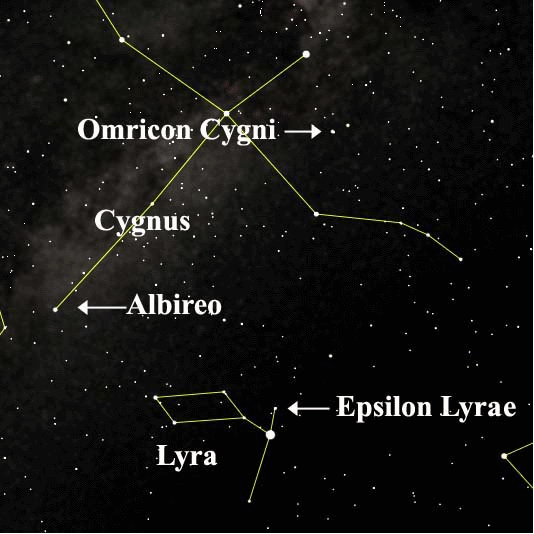
Our area of Study for some November double stars.
A fascinating target, and one I return to over and over, is the multiple star Epsilon Lyra. It is known as "The Double Double." In a good clear sky, I can split the main pair of this multiple star system without optical aid, my eyes are just good enough. With a pair of binoculars, you will easily split the main components - and will see what appears to be a pair of stars. This "pair" of stars have a separation of just over three arc-minutes, at a distance from us of 162 light years. The brighter of the pair has an apparent brightness of magnitude 4.7, and the other of 5.1, so they appear quite similar.
If you point a telescope at the pair, you may have a nice surprise: each star in the pair is itself a pair of stars! That is why the target is called "The Double Double". The pairs of stars you'll see have different separations, and position angles (their position relative to each other). The wider pair is 2.6 arc-seconds apart, shining at magnitudes 4.7 and 6.2.
The tighter pair (and more difficult to split) is 2.3 arc-seconds separation and magnitudes 5.1 and 5.5. Can you split them? This system is in actuality two binary stars (with a common center of gravity) orbiting each other over a period of a hundred thousand years! Studies of other nearby stars associate a total of ten stars to this system, but The Double Double is the real star of the show for us!
Let's move to the constellation Cygnus, and the famous star Beta Cygni - also known as Albireo. Even a pair of binoculars will split this binary star. The primary component is a giant orange-red star, shining at magnitude 3.1, and its blue-green companion at 5.1. The color contrast of the pair is what has made it so well known. They are 430 light years distant, although estimates vary (I've read 320 light years as well), and have a 35 arc second separation - so this is a fairly wide pair, especially compared to the The Double Double.
A fun question regarding the stars of Albireo is which star would you expect to have a longer life, and why? Post your answers here. An interesting phenomena is to observe with others, looking at Albireo's colors. Color vision can vary greatly, and my experience is that people have very different perceptions of Albireo's colors! When you observe this, what do you see?
I'll finish with Omicron Cygni, a relatively unknown favorite I show people in my ten inch reflector. It is a contrasting color double star similar to Albireo, but not as bright. The stars are 30 and 31 Cygni, and can be spit in binoculars. The primary, 31 Cygni, appears orange is magnitude 3.8. The secondary star, 30 Cygni, is magnitude 4.8 and has a blue-green appearance. Why haven't I referred to them as companions or as a binary? The primary is 1400 light-years away, while the other is half that, at 720 light-years from Earth. So these are not a binary - they are an apparent double, or better described as a line-of-sight double, and are not physically associated with each other. If you look through a telescope, you'll also see that 31 Cygni is a binary star, with a "third" partner being blue star of magnitude 7.0!
As you get a feel for observing double stars, you may acquire a taste for a few of the types I've come to enjoy - colored doubles, which can be quite pleasing visually, and tight doubles that can be a challenge, requiring high power and excellent "seeing" (a very steady atmosphere) in order to split.
Even on a Full Moon night, there is plenty to see and do. Get your gear out, and give these a try!
Clear skies,
Mark
Chart courtesy Starry Night Pro.
{ sourceURL:'/catalog/includes/quicklook_miniproduct.jsp?entityId=106289&entityTypeId=4', sourceSelector:'' }
{"showSinglePage":false,"totalItems":263,"defaultPageSize":20,"paging_next":"Next","paging_view_all":"View All 263 Items","paging_view_by_page":"View By Page","pageSize":20,"paging_previous":"Prev","currentIndex":100,"inactiveBuffer":2,"viewModeBeforePages":true,"persistentStorage":"true","showXofYLabel":false,"widgetClass":"CollapsingPagingWidget","activeBuffer":2,"triggerPageChanged":false,"defaultTotalItems":263}






Why Buy From Orion
- 30 Day Money Back Guarantee
- Safe & Secure Shopping
- Next Day Shipping
- Easy Returns
- Sale Price Guarantee
- Free Technical Support

Shop Our Catalogs
Check out our colorful catalog, filled with hundreds of quality products.
See our eCatalogsEmail Sign Up
- 800-447-1001
- Telescope.com
- © 2002- Orion Telescopes & Binoculars All rights reserved
- DMCA/Copyright
- Terms and Conditions
- Privacy & Security





About Orion Telescopes & Binoculars
Since 1975 Orion Telescopes & Binoculars has been offering telescopes for sale direct to customers. Now an employee-owned company, we pride ourselves on an unswerving commitment to best quality products, value and unmatched customer care. Our 100% satisfaction guarantee says it all.
Orion offers telescopes for every level: Beginner, Intermediate, Advanced, and Expert. From our entry level beginner telescopes for amateur astronomers to our Dobsonian telescopes to our most advanced Cassegrain telescopes and accessories, you can find the best telescope for you. Because we sell direct, we can offer you tremendous value at a great price. Not sure how to choose a telescope? Orion's Telescope Buyer's Guide is a great place to start.
Orion binoculars are known for quality optics at a great price. We offer binoculars for every viewing interest, including astronomical binoculars, compact binoculars, waterproof binoculars, birding binoculars, and sport and hunting binoculars.
Orion's telescope and astrophotography accessories will enhance your telescope enjoyment without breaking the bank. Expand your viewing experience with accessories ranging from moon filters to power-boosting Barlow lenses to advanced computerized telescope mounts. Capture breathtaking photos with our affordable astrophotography cameras. And when you're stargazing, Orion's telescope cases and covers, observing gear, red LED flashlights, astronomy books and star charts will make your observing sessions more convenient, comfortable and meaningful.
At Orion, we are committed to sharing our knowledge and passion for astronomy and astrophotography with the amateur astronomy community. Visit the Orion Community Center for in-depth information on telescopes, binoculars, and astrophotography. You can find astrophotography "how to" tips and share your best astronomy pictures here. Submit astronomy articles, events, & reviews, and even become a featured Orion customer!
sales, new products, and astronomy.




